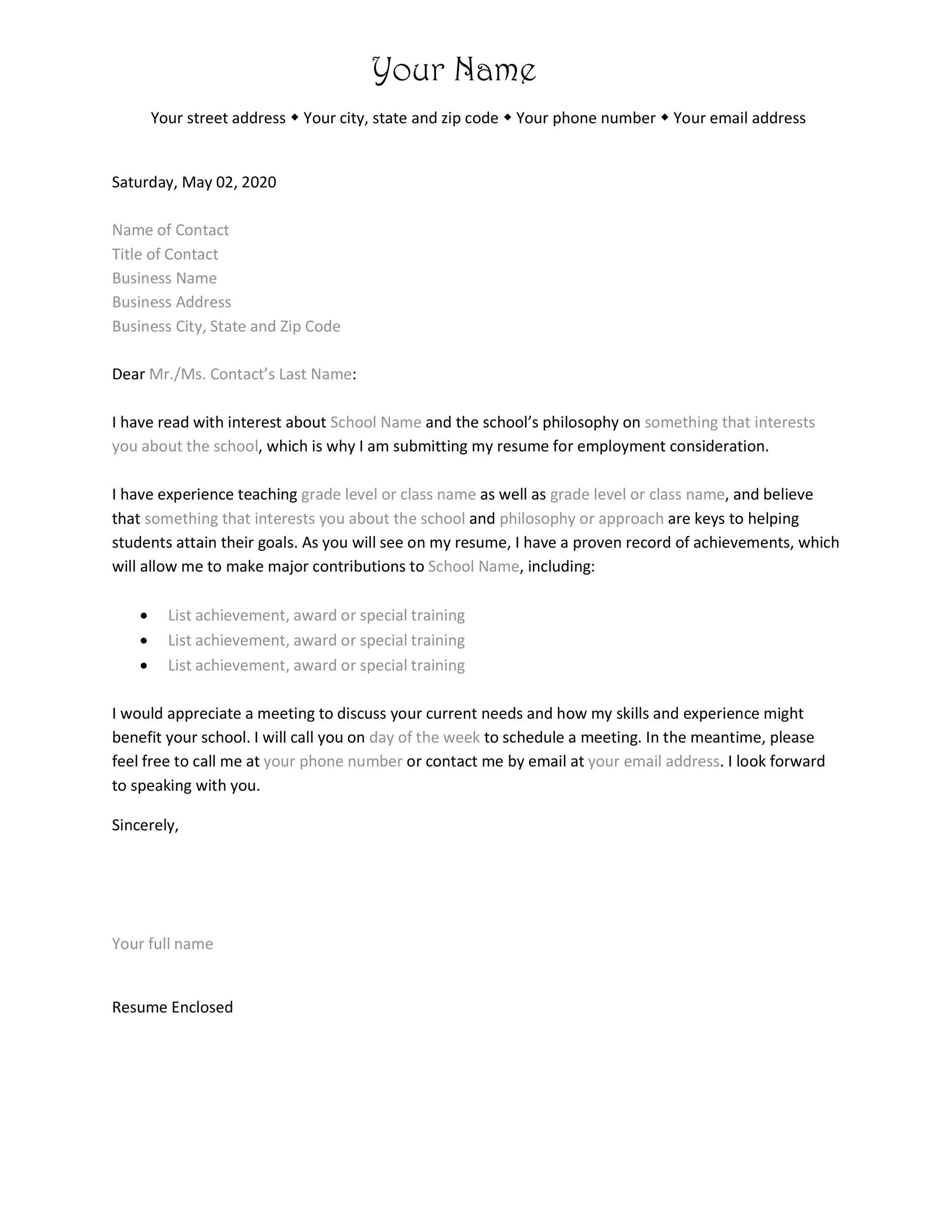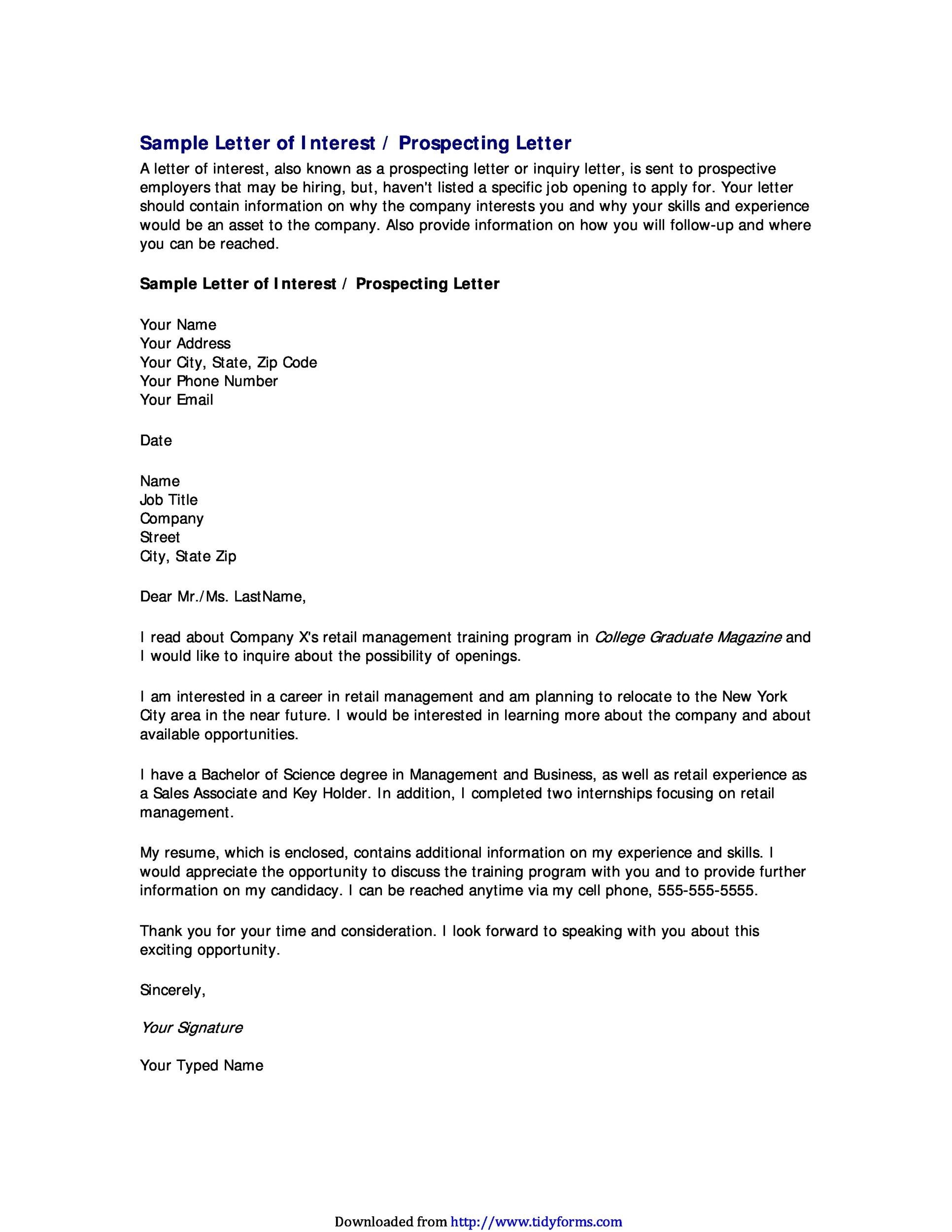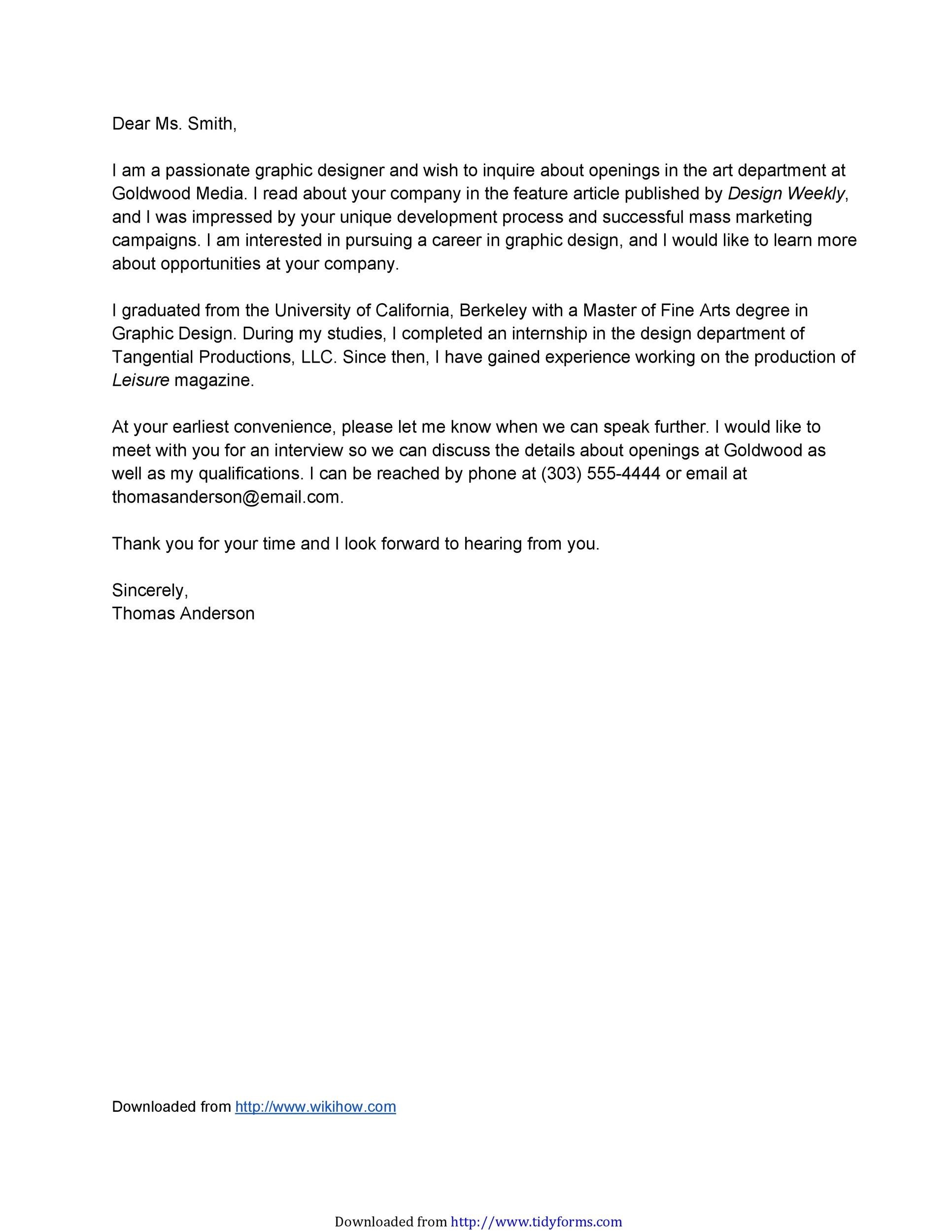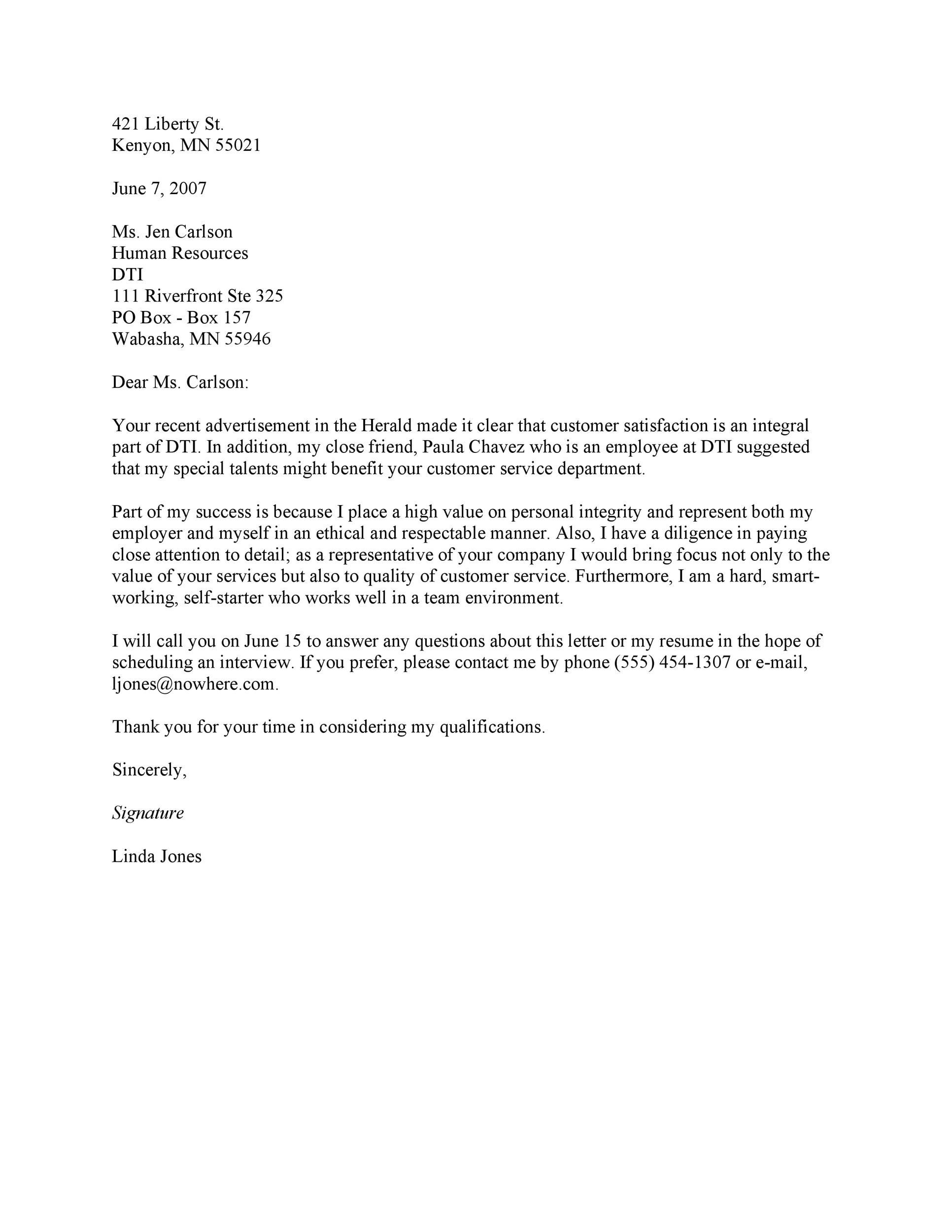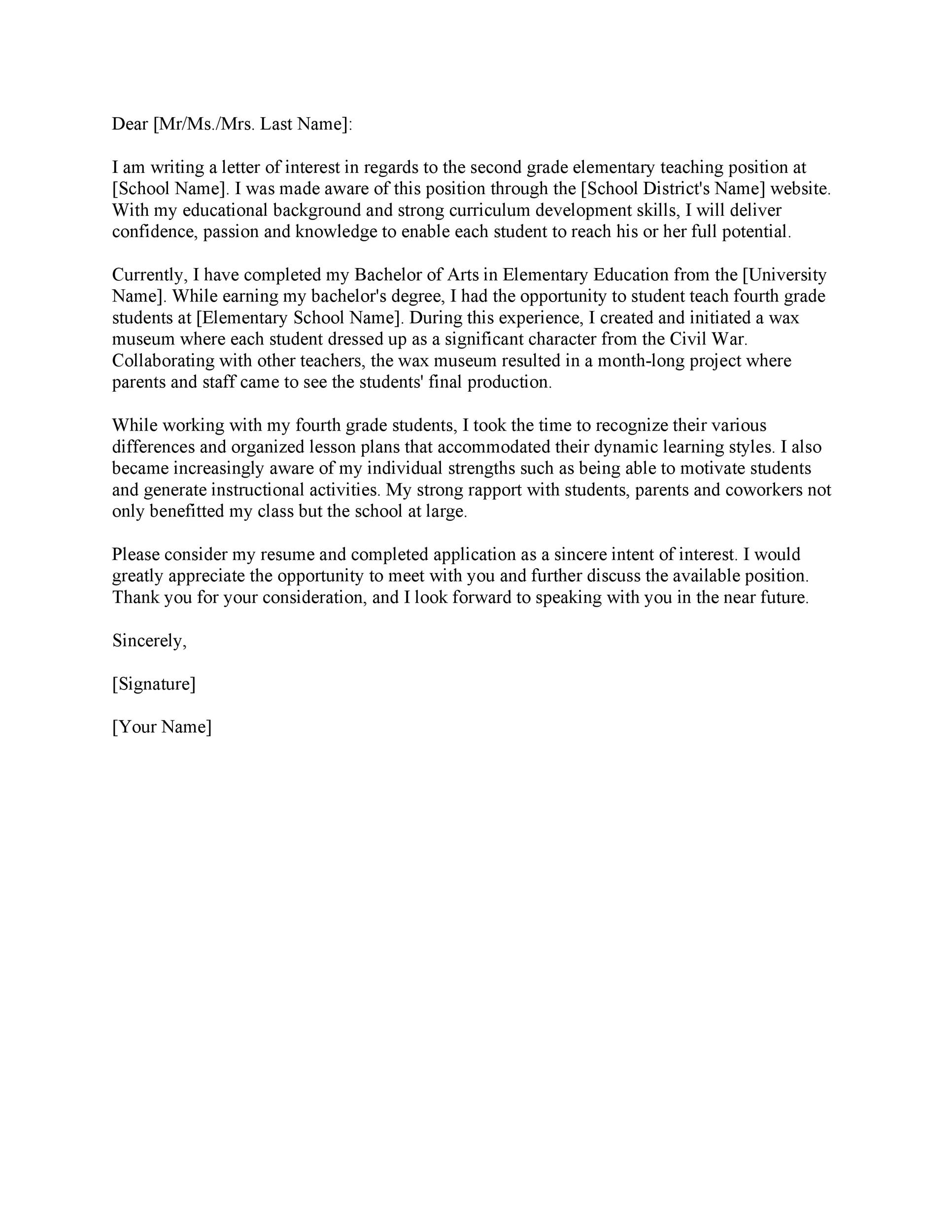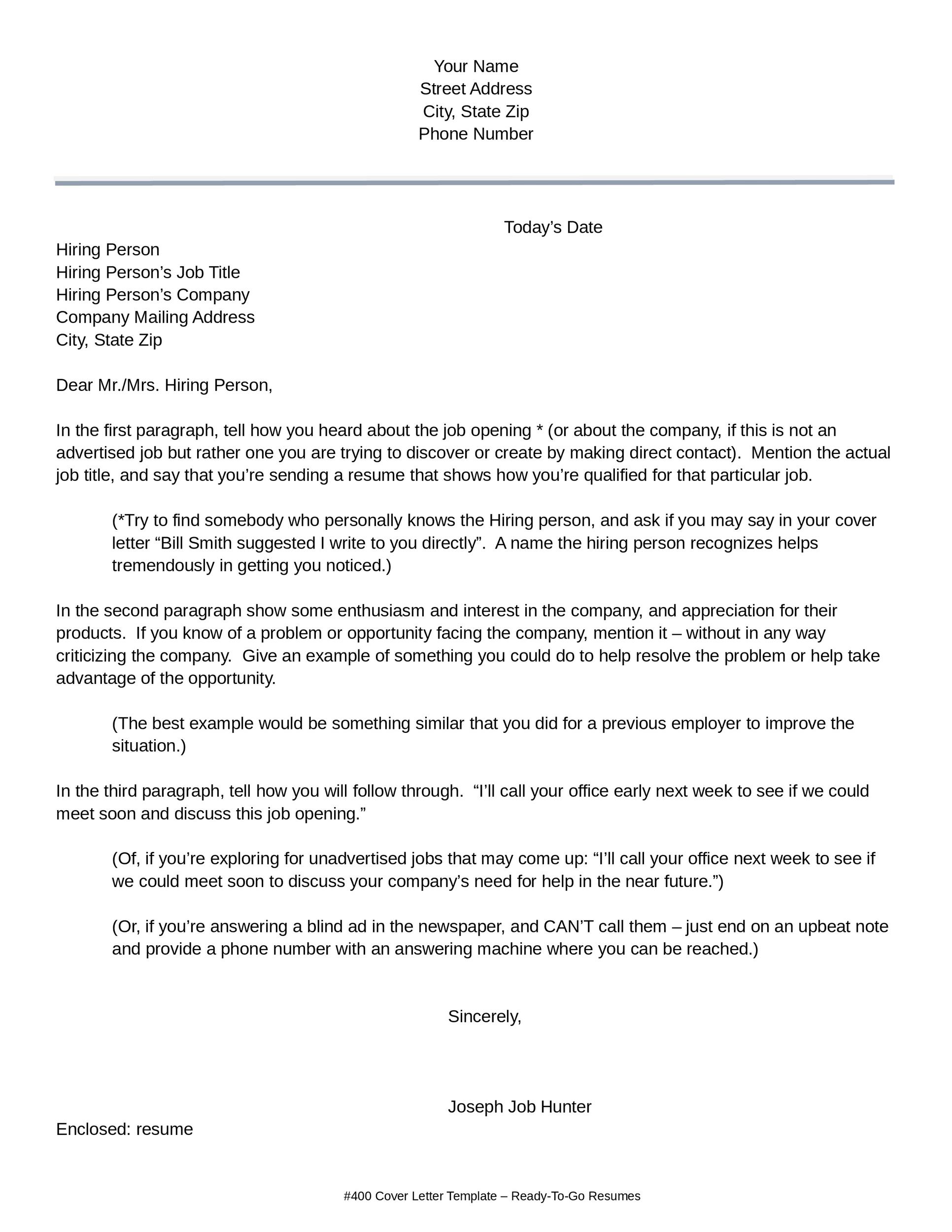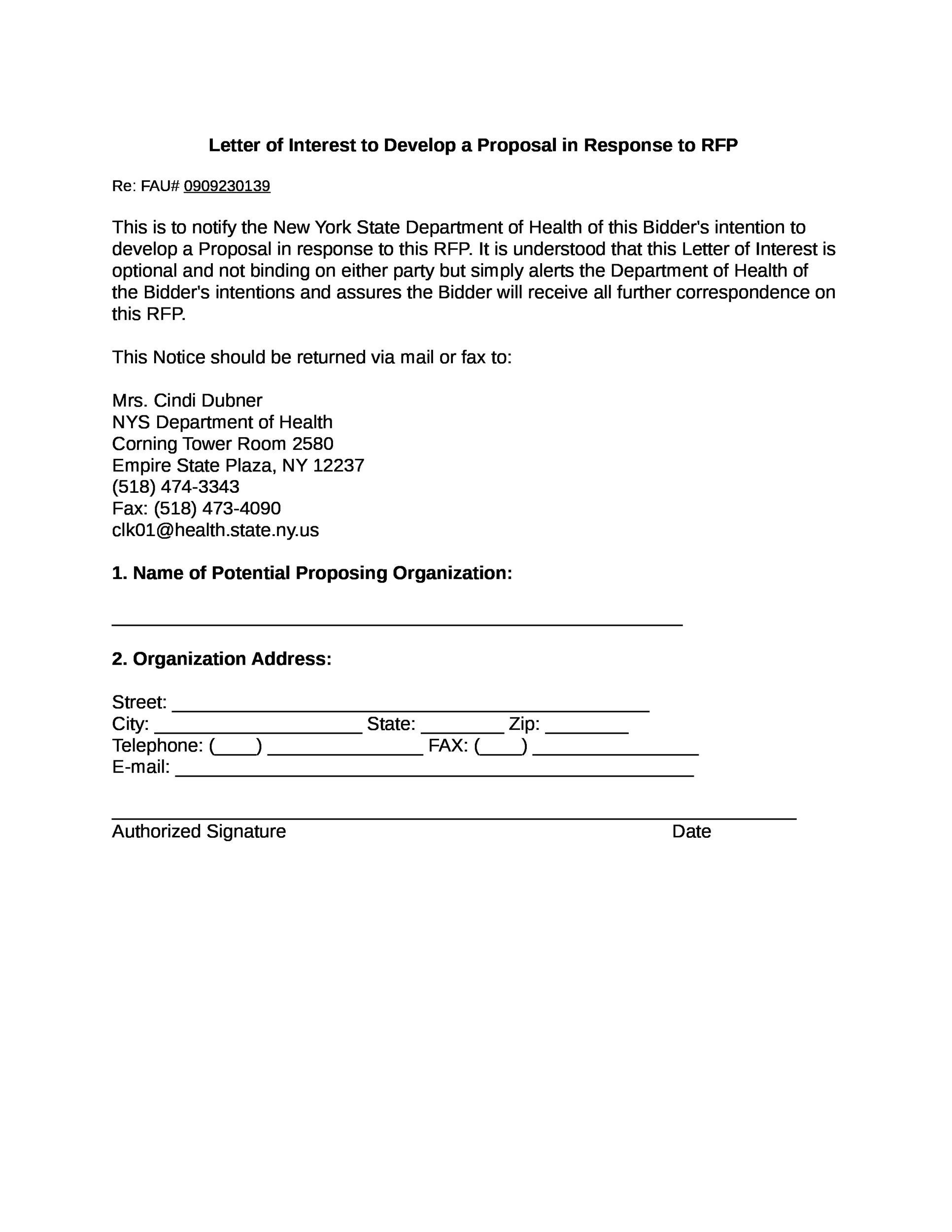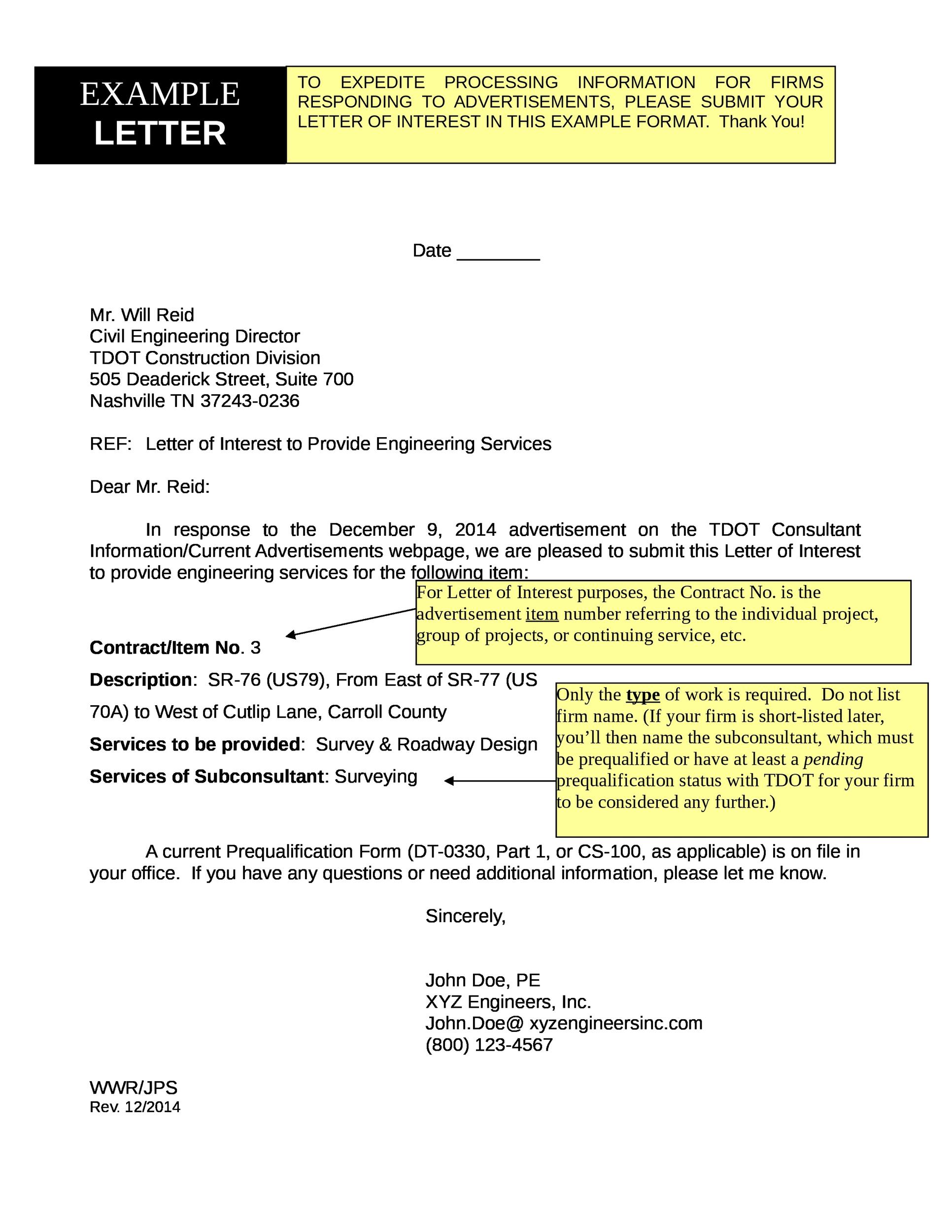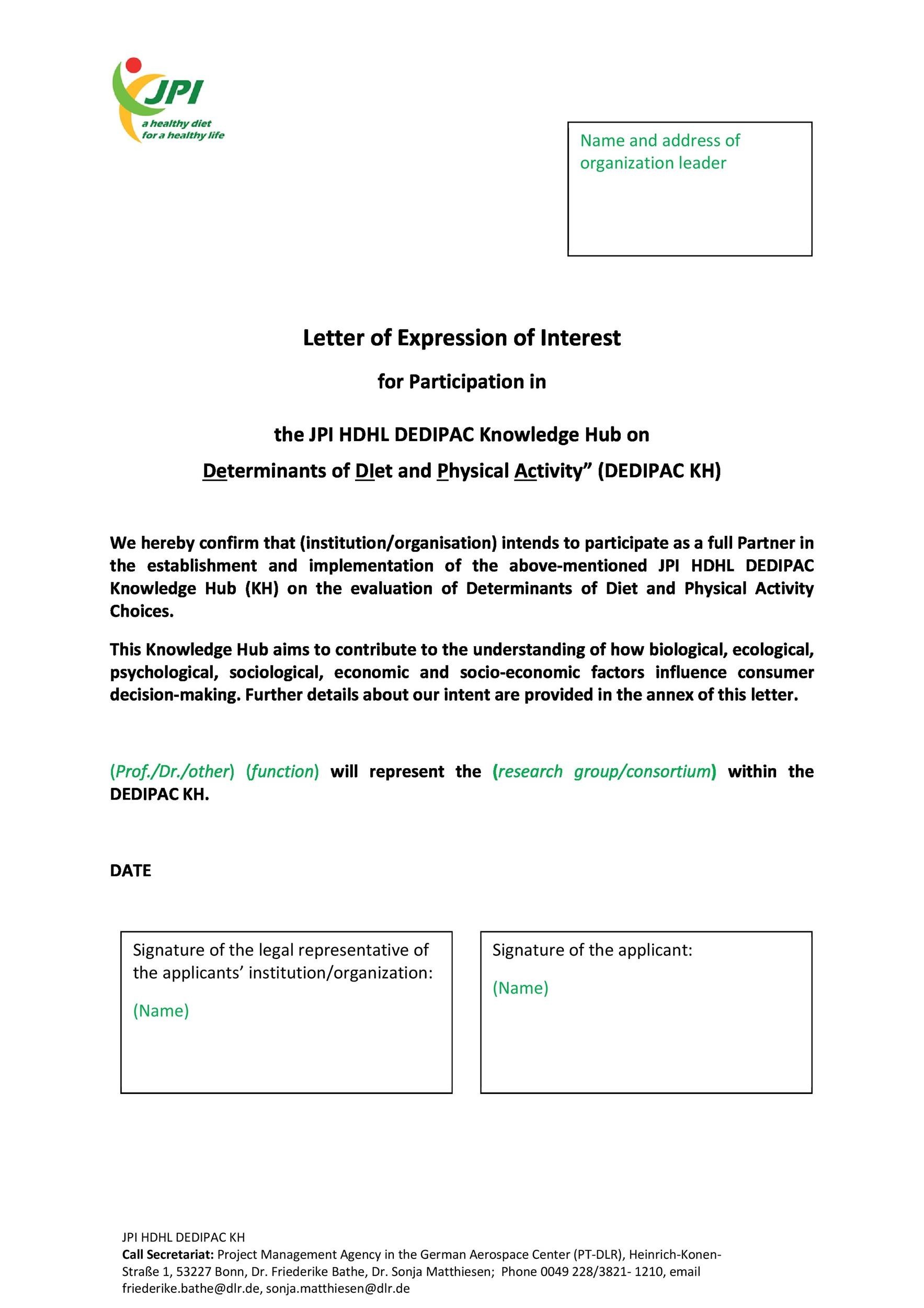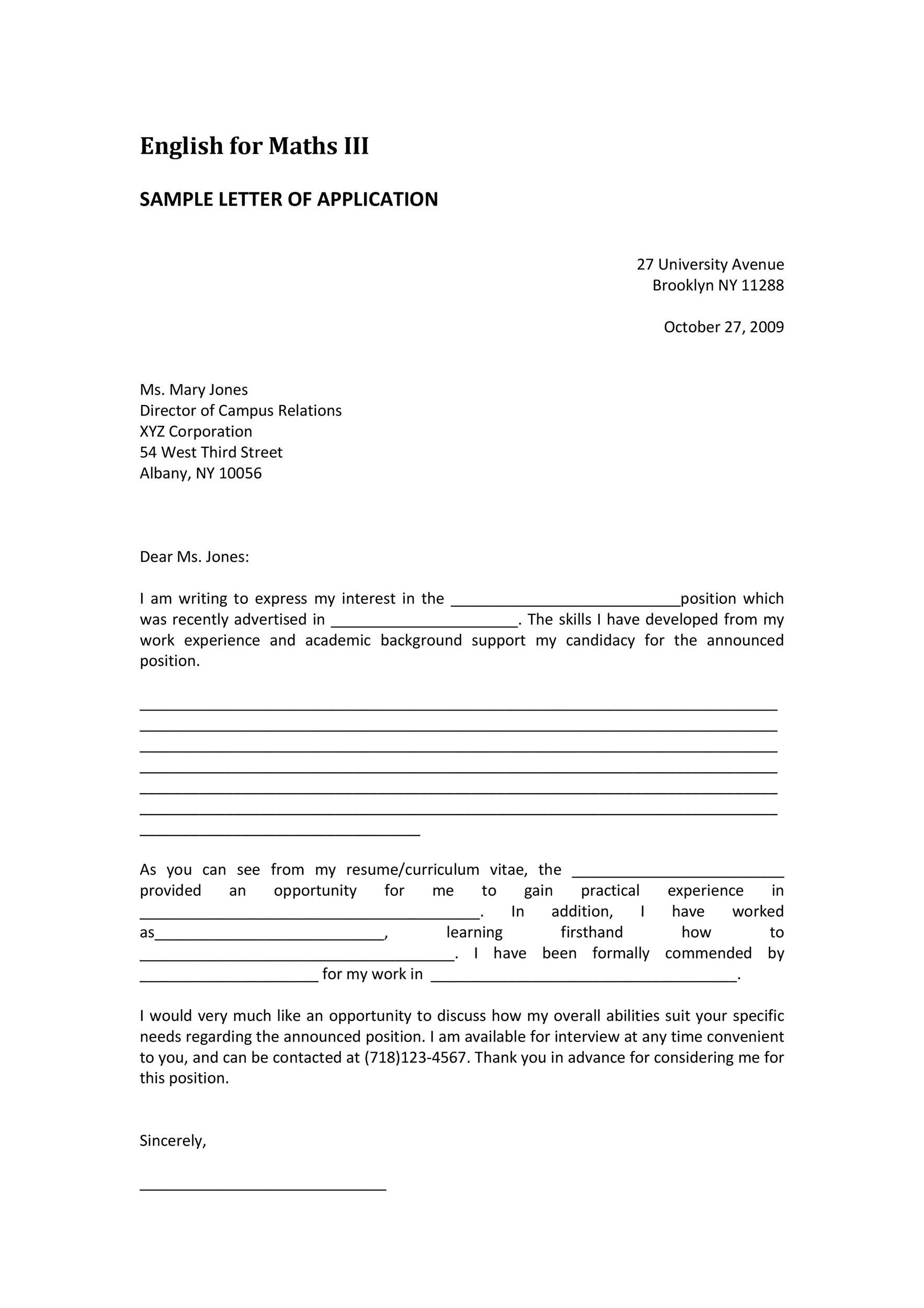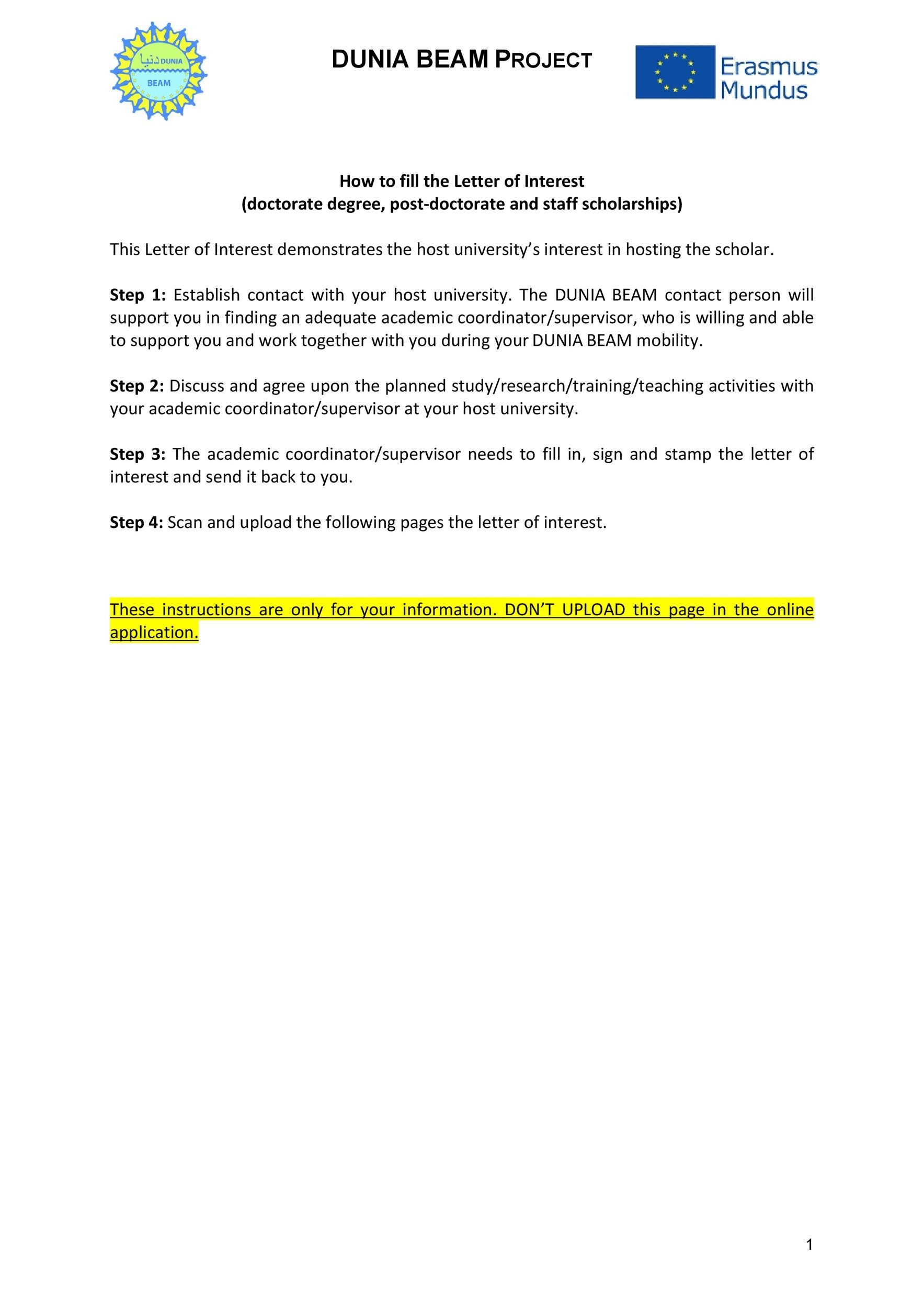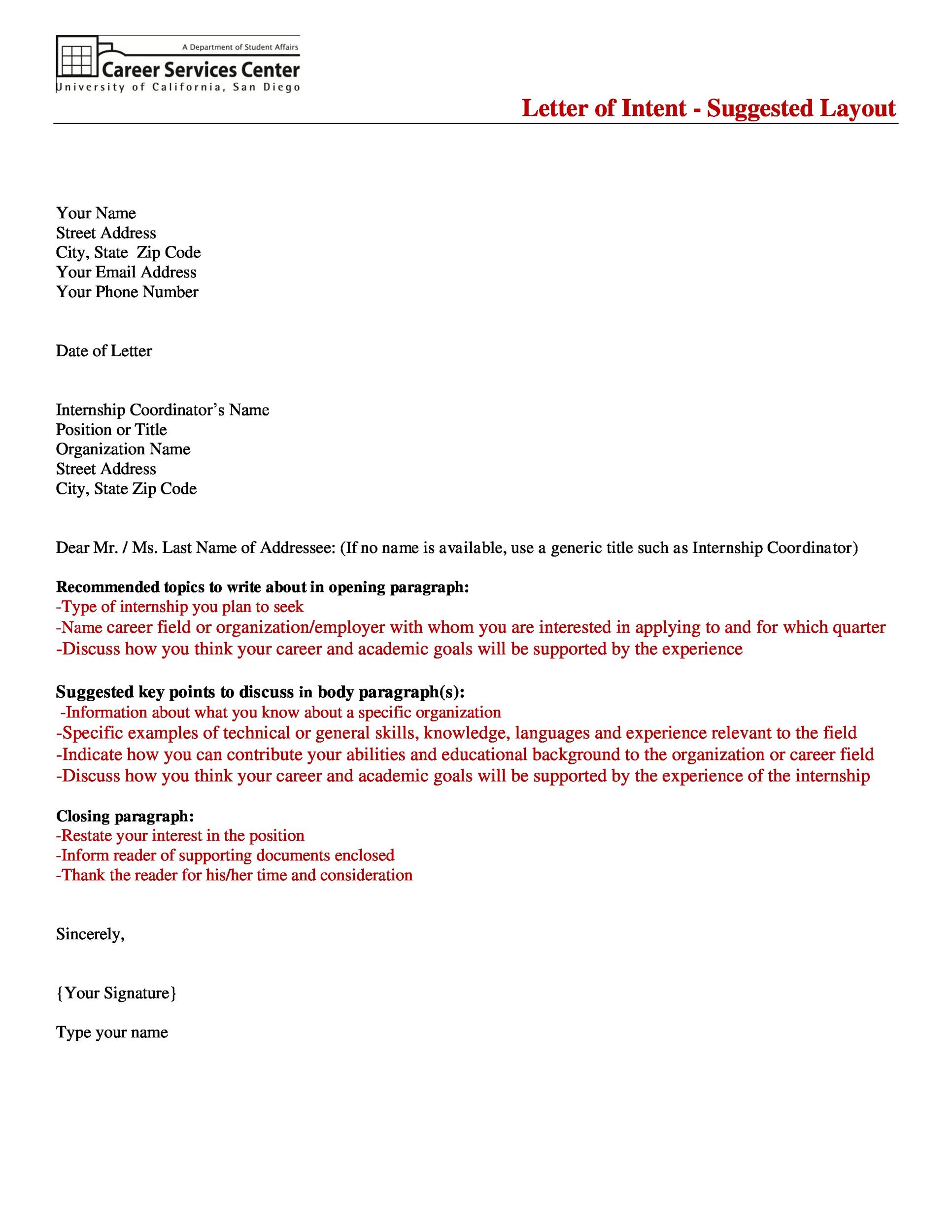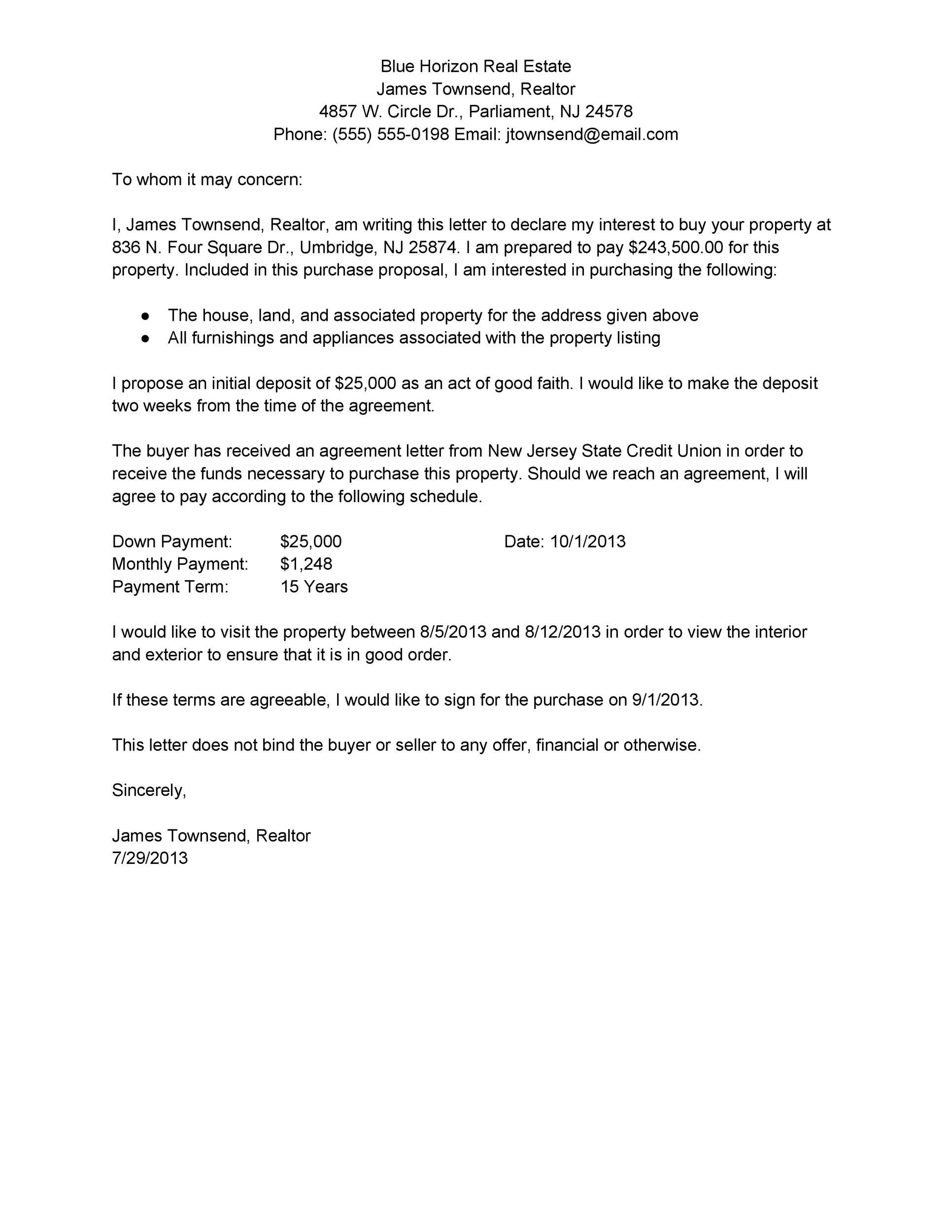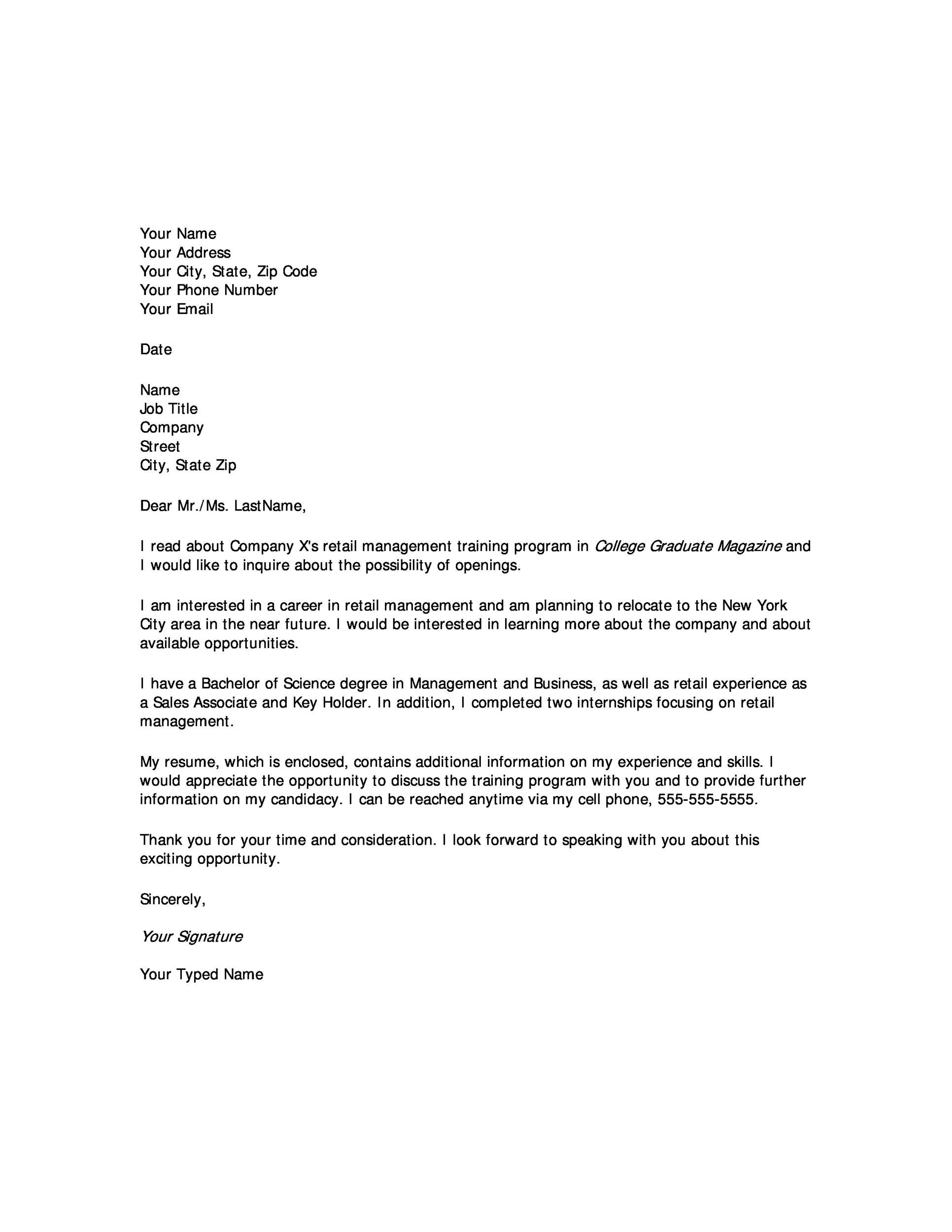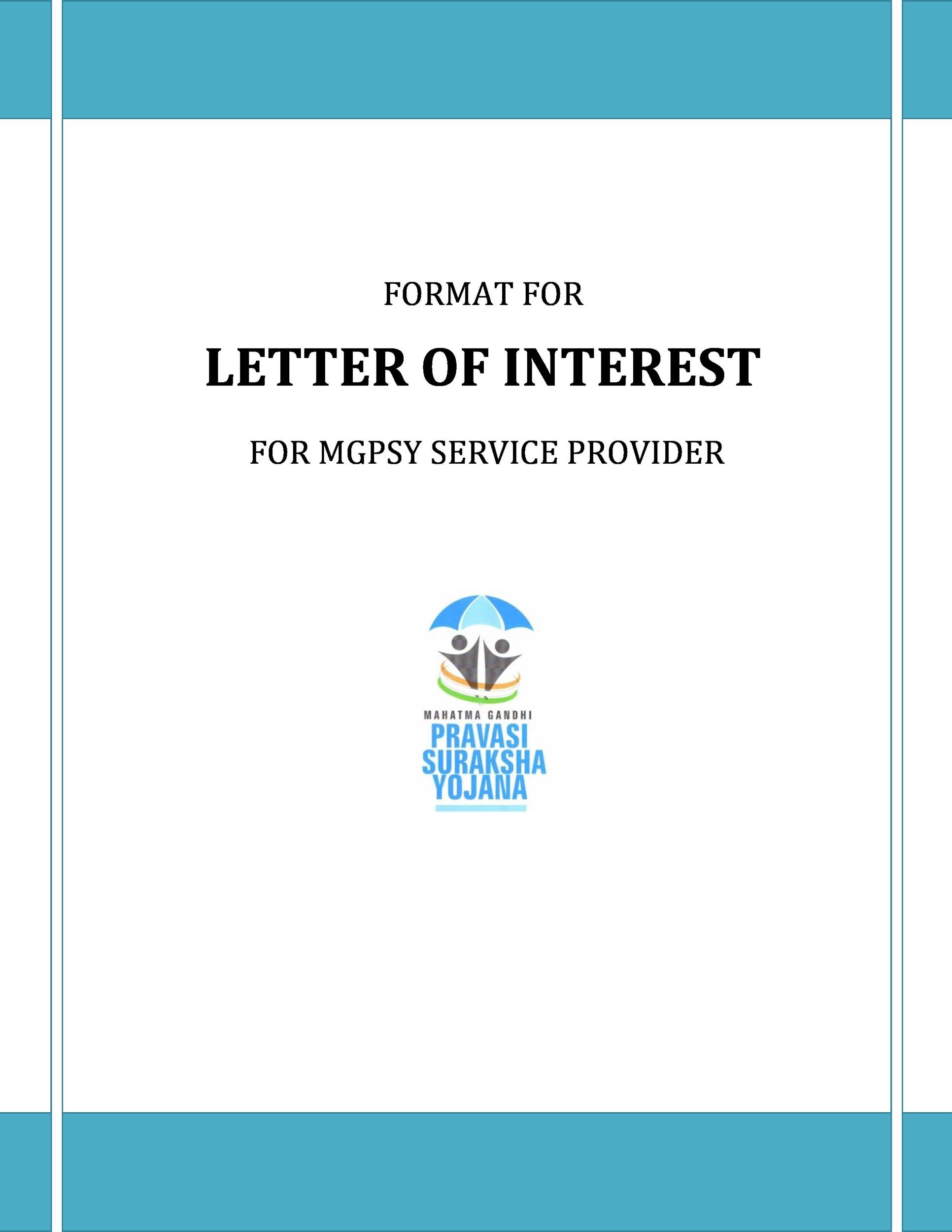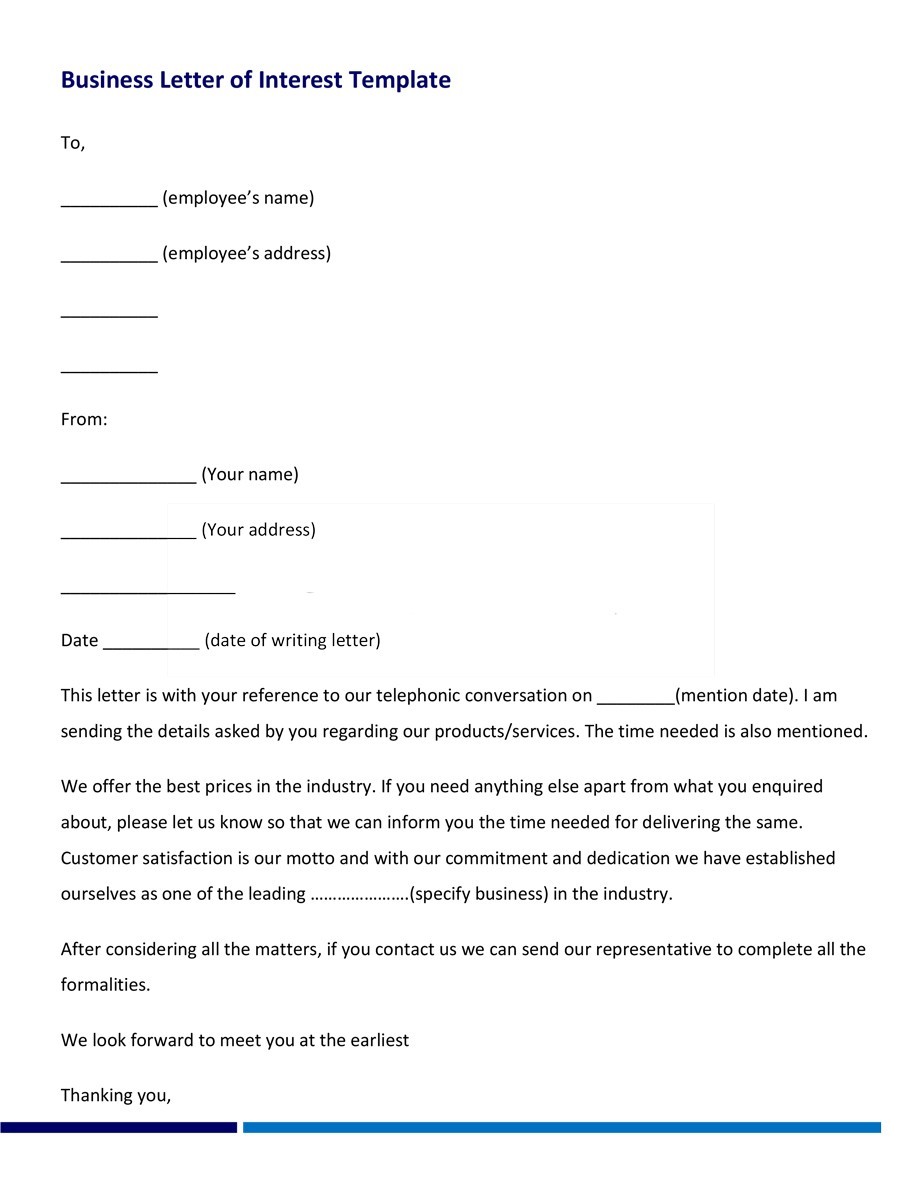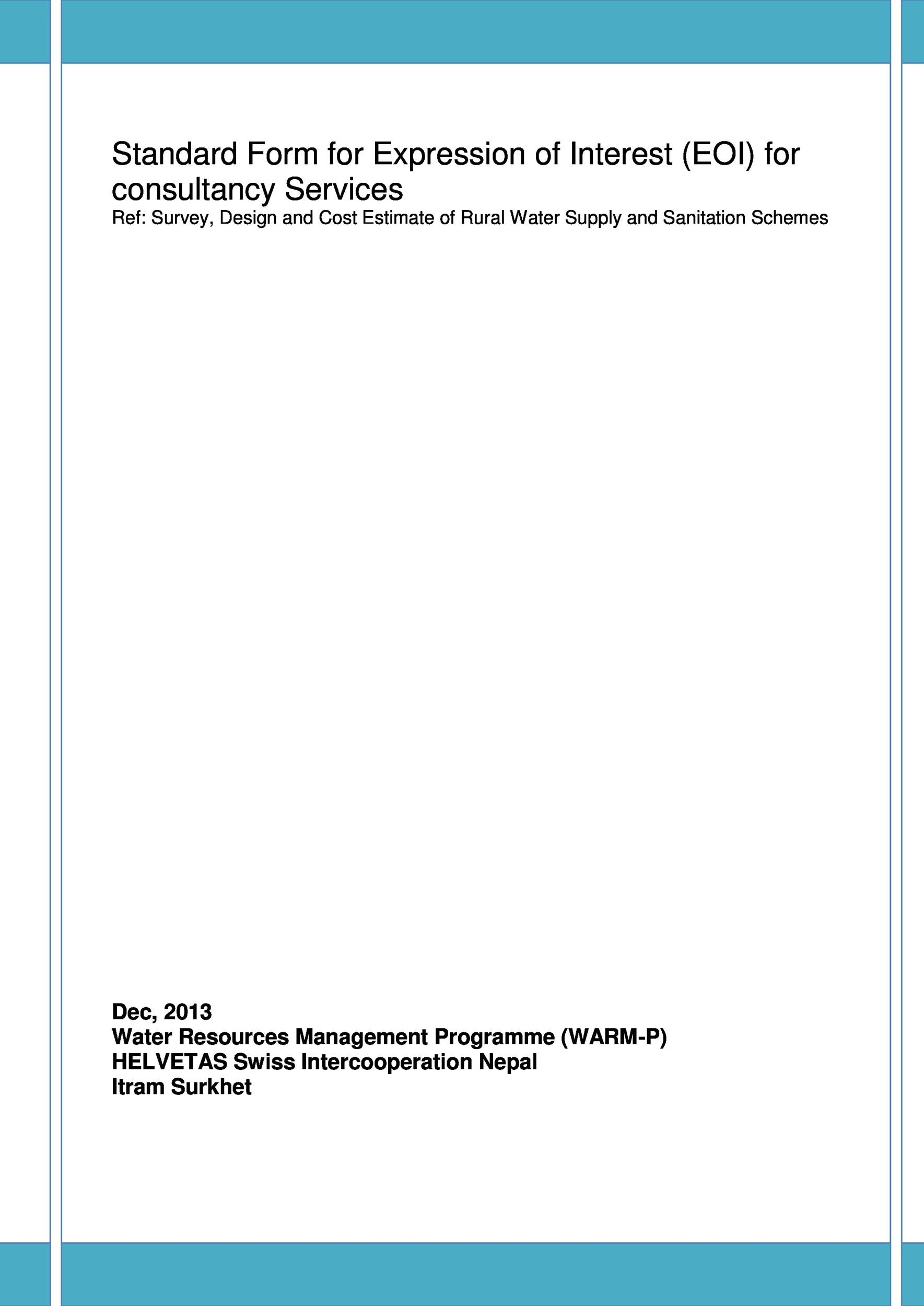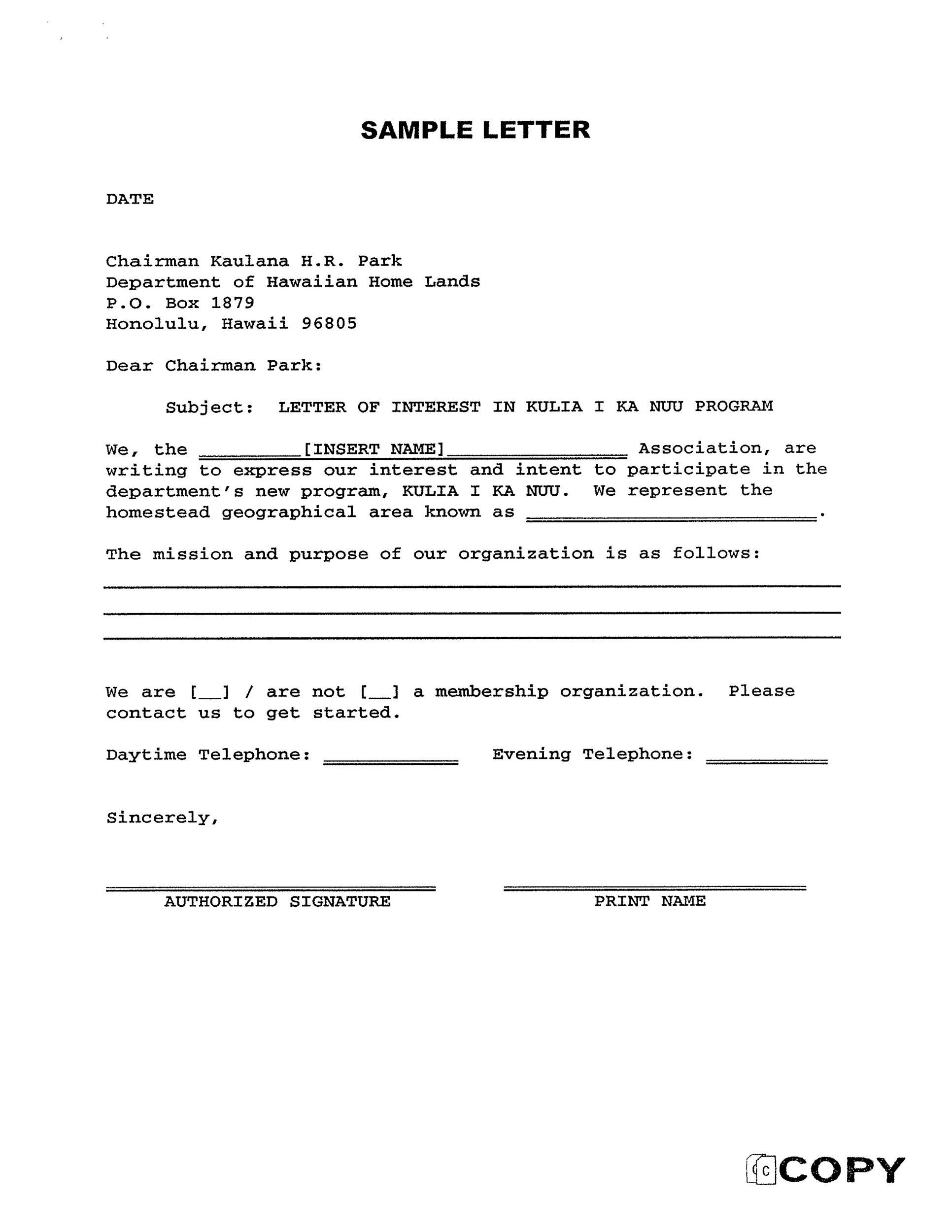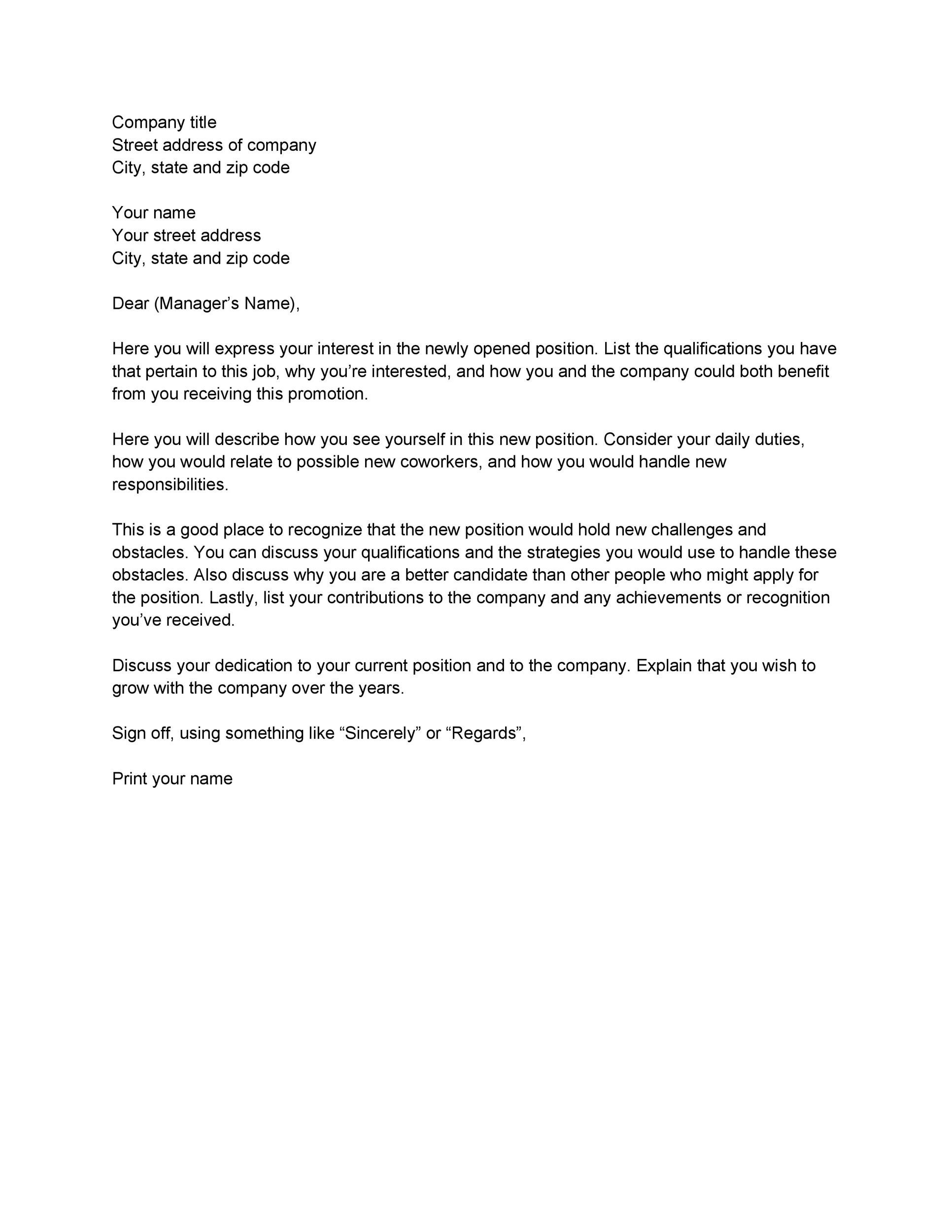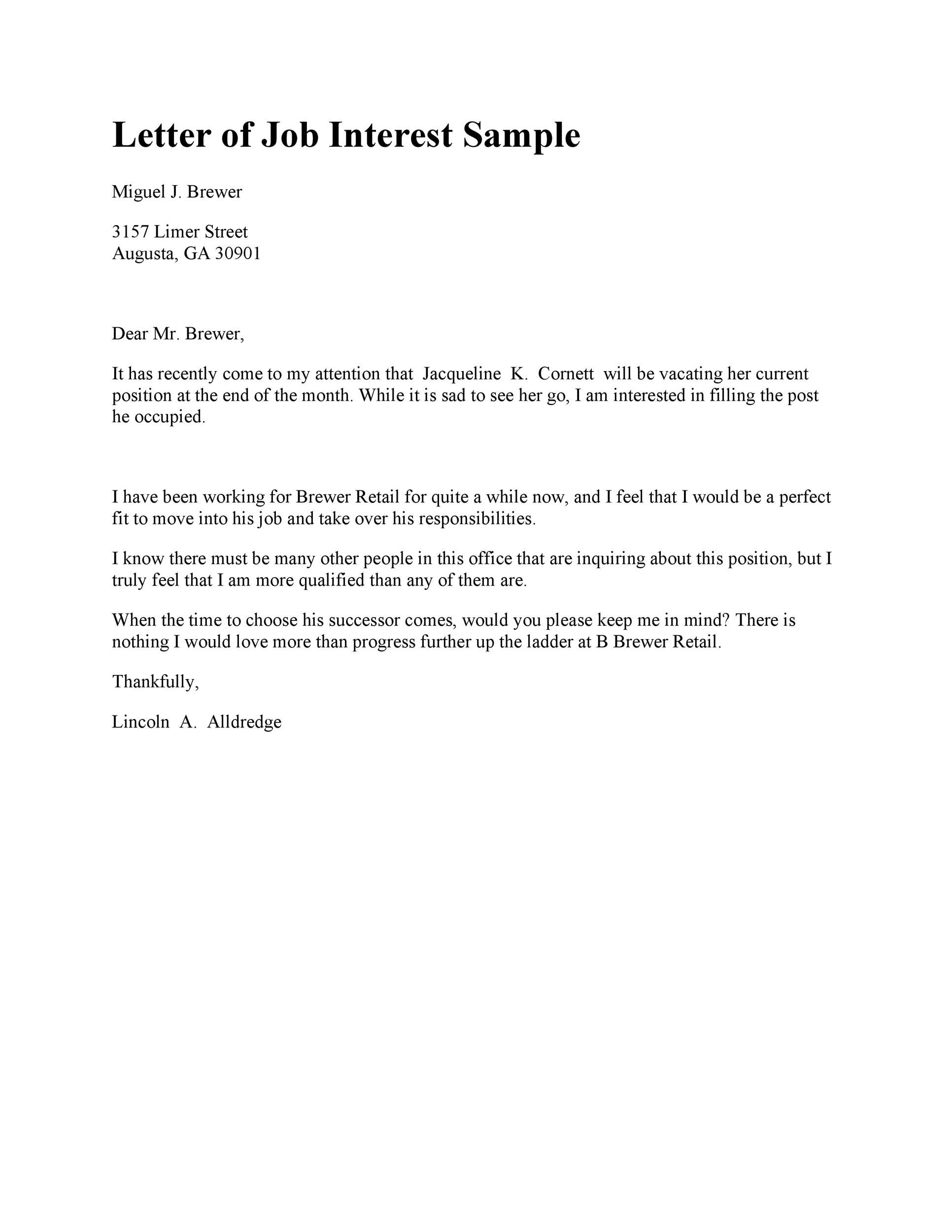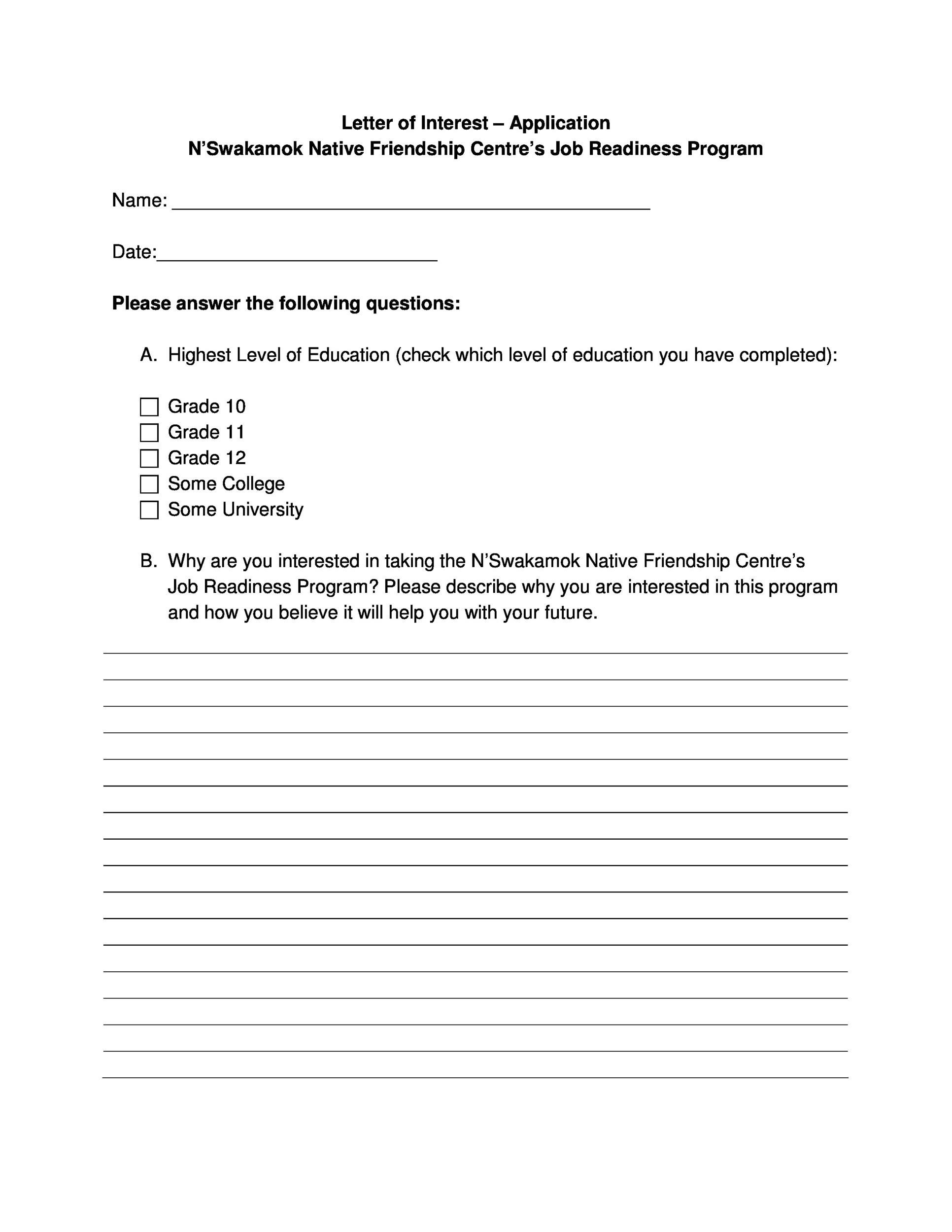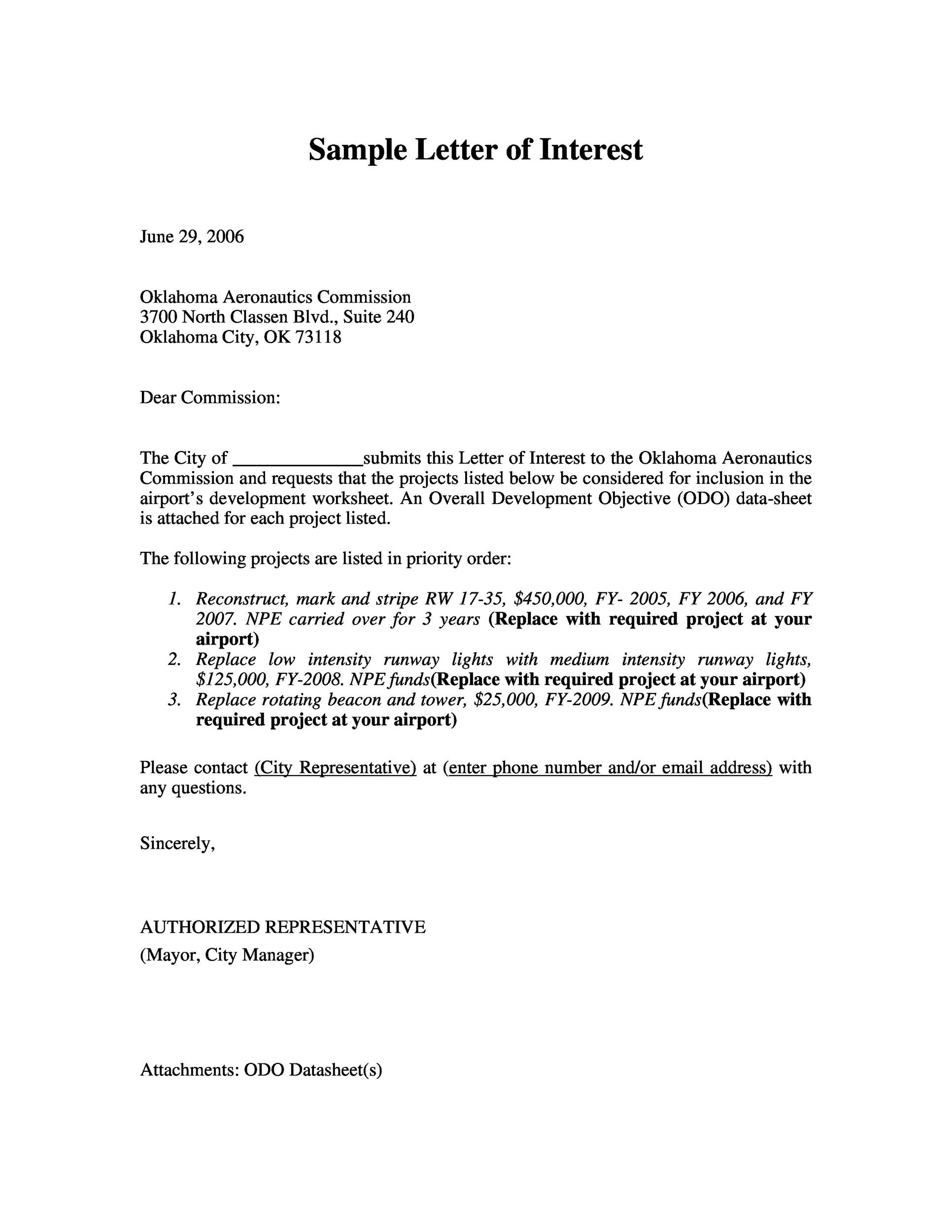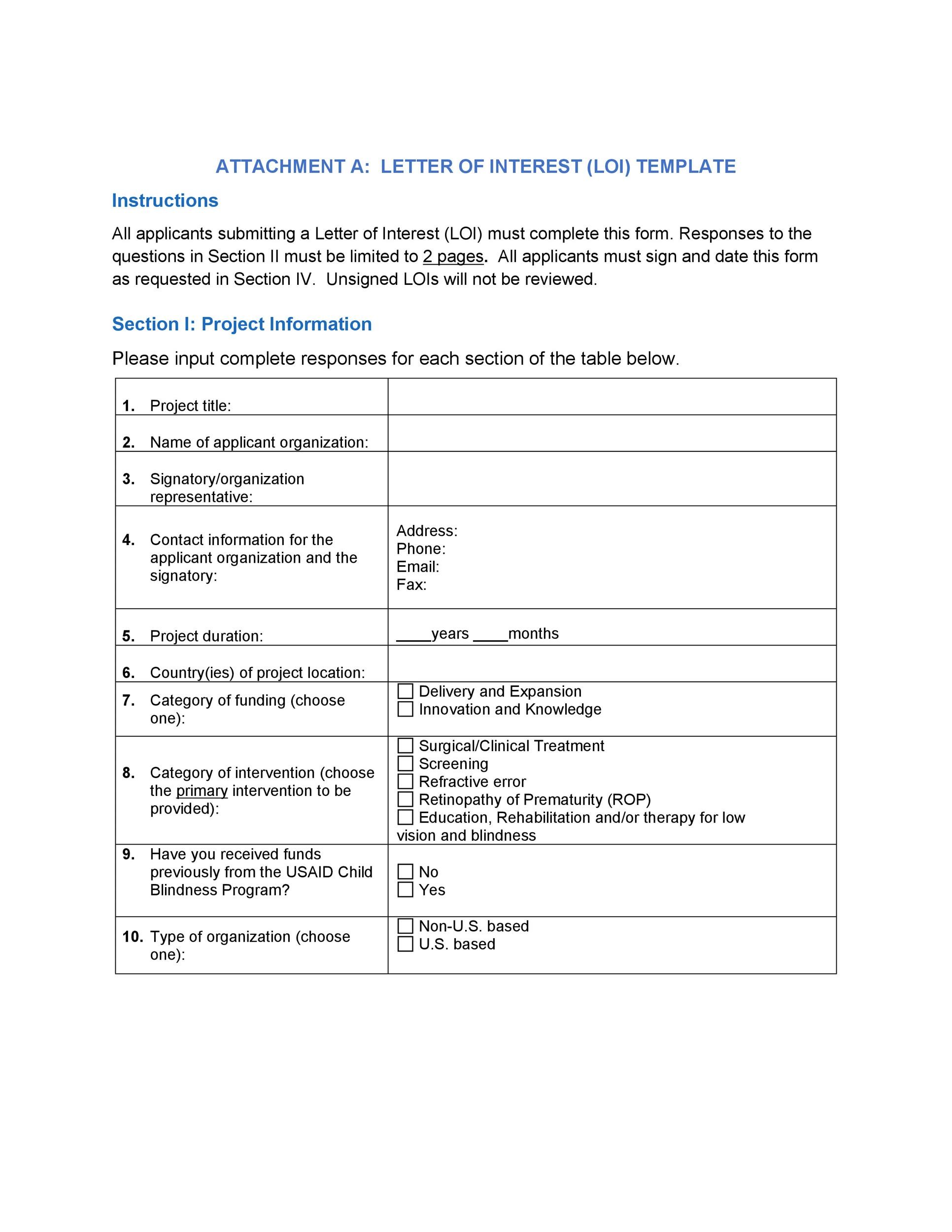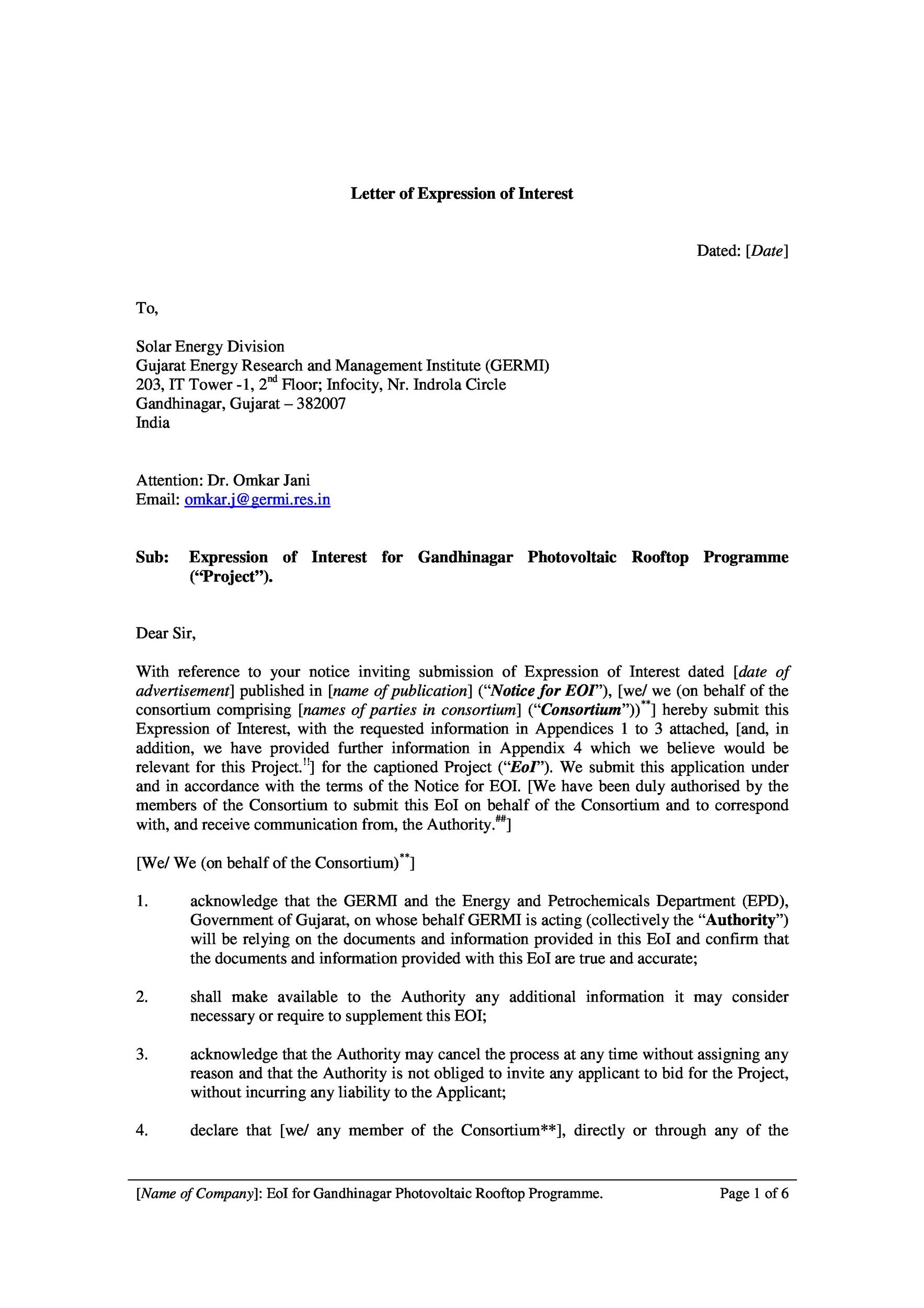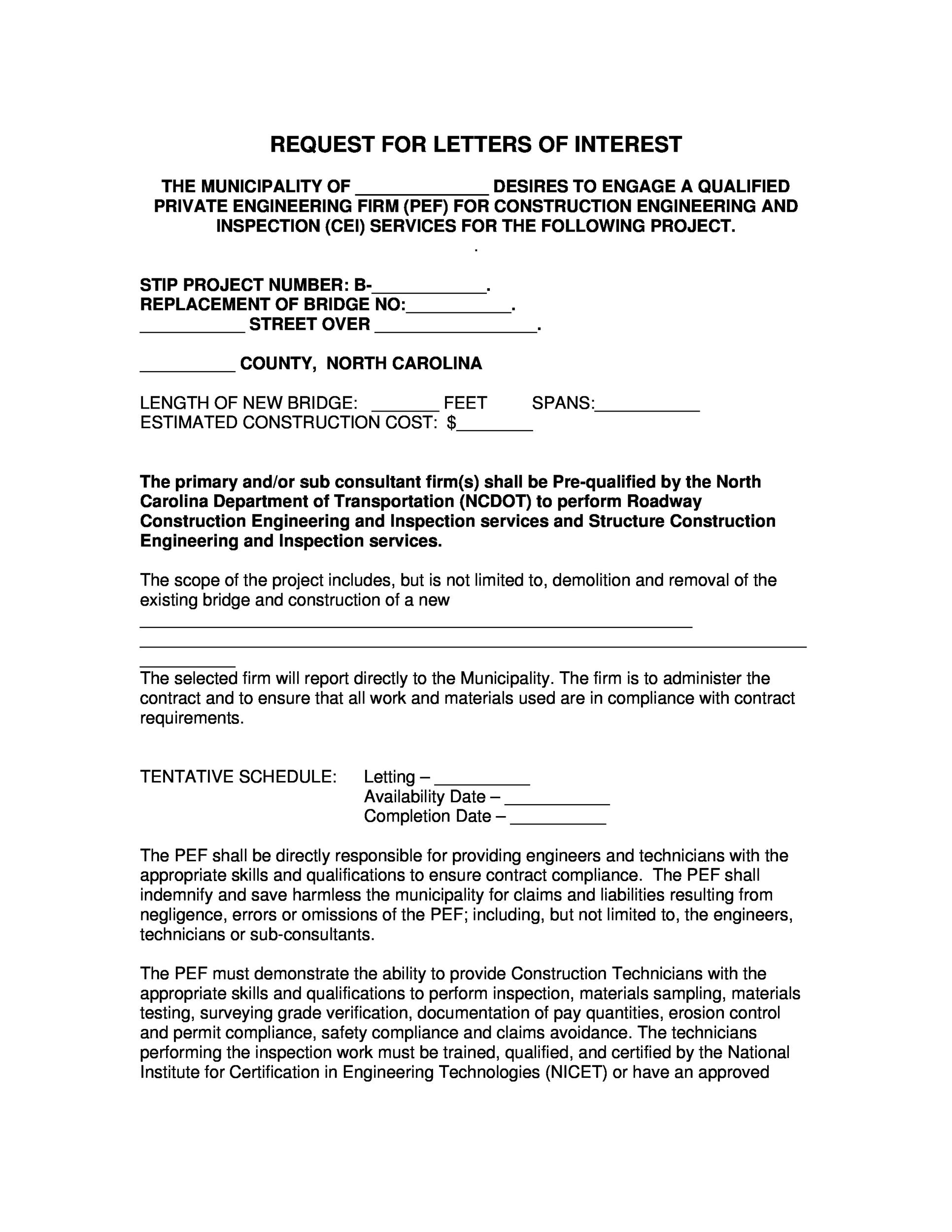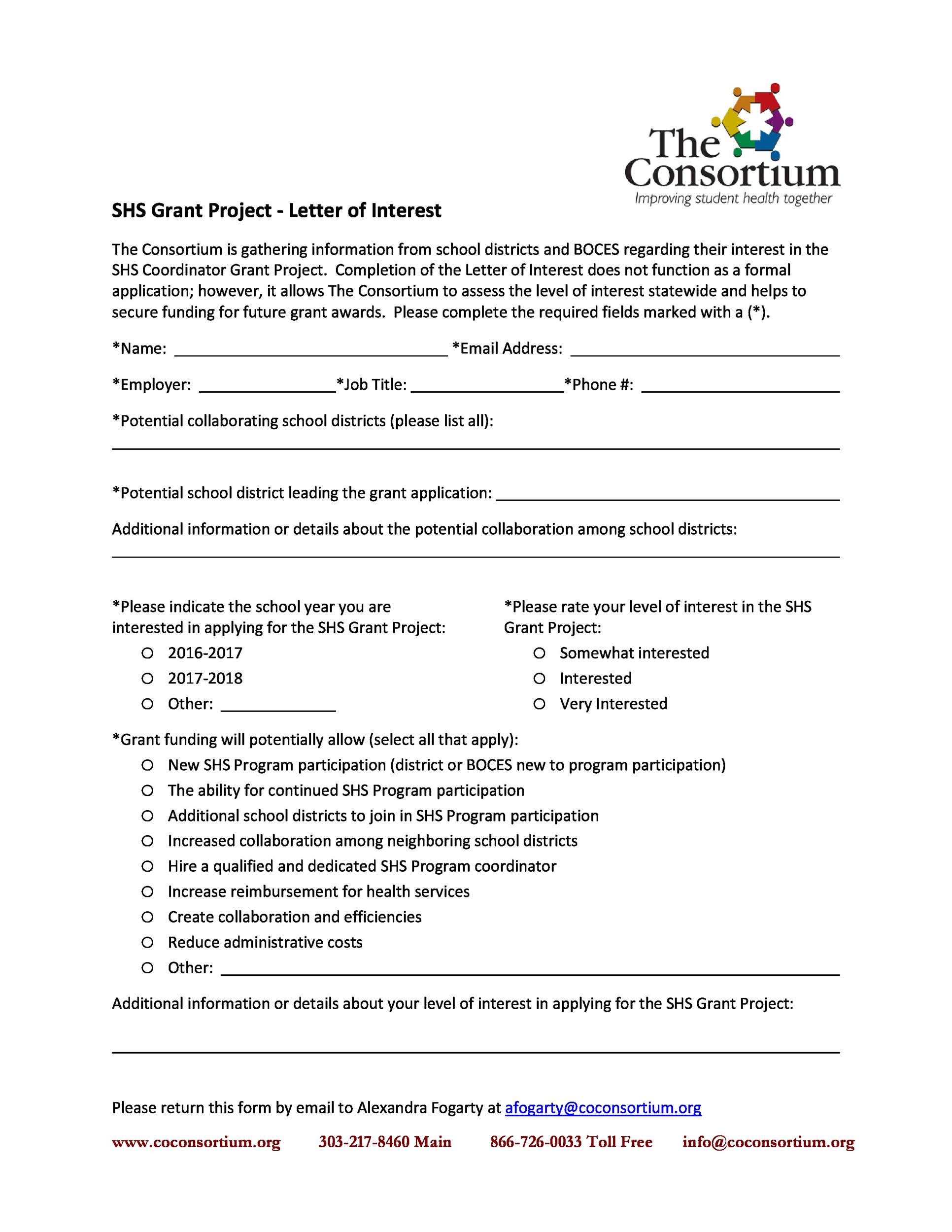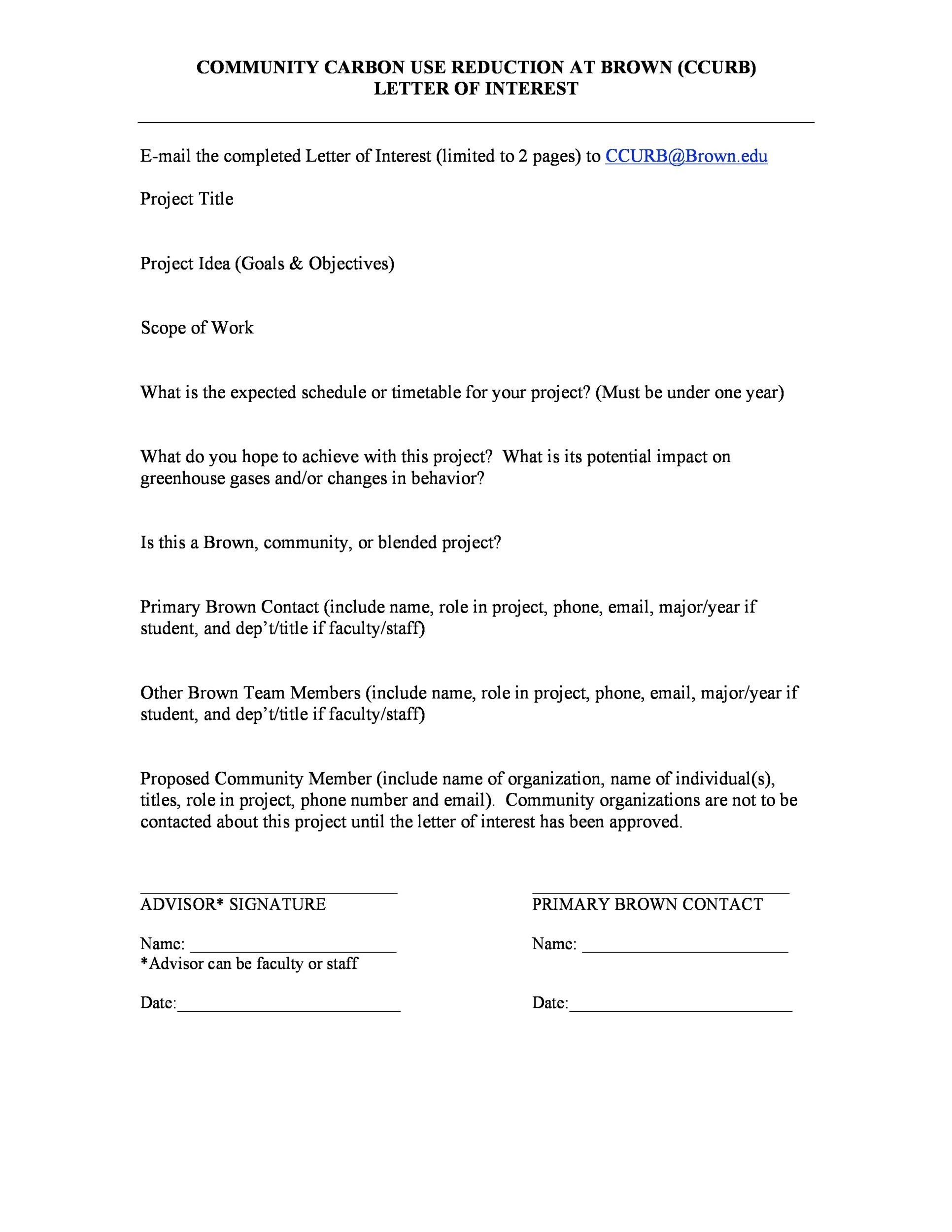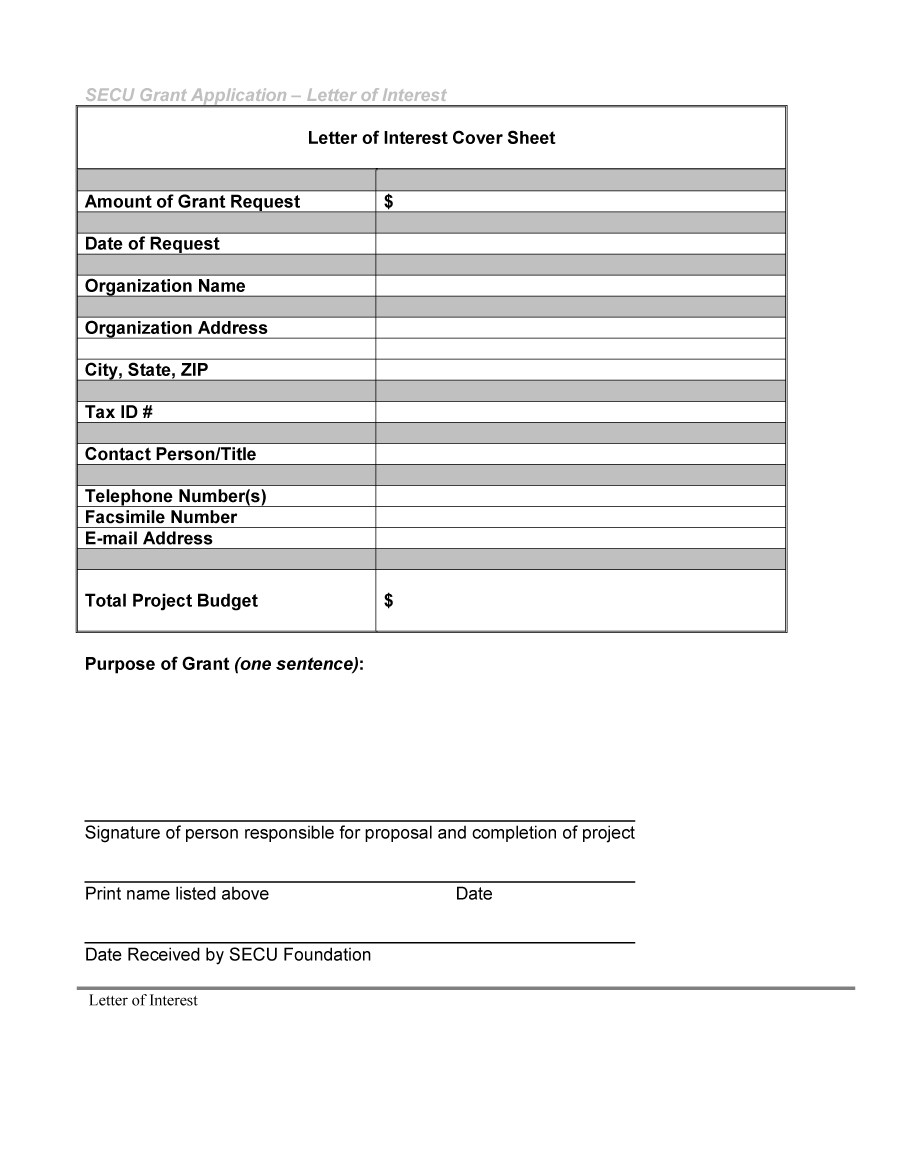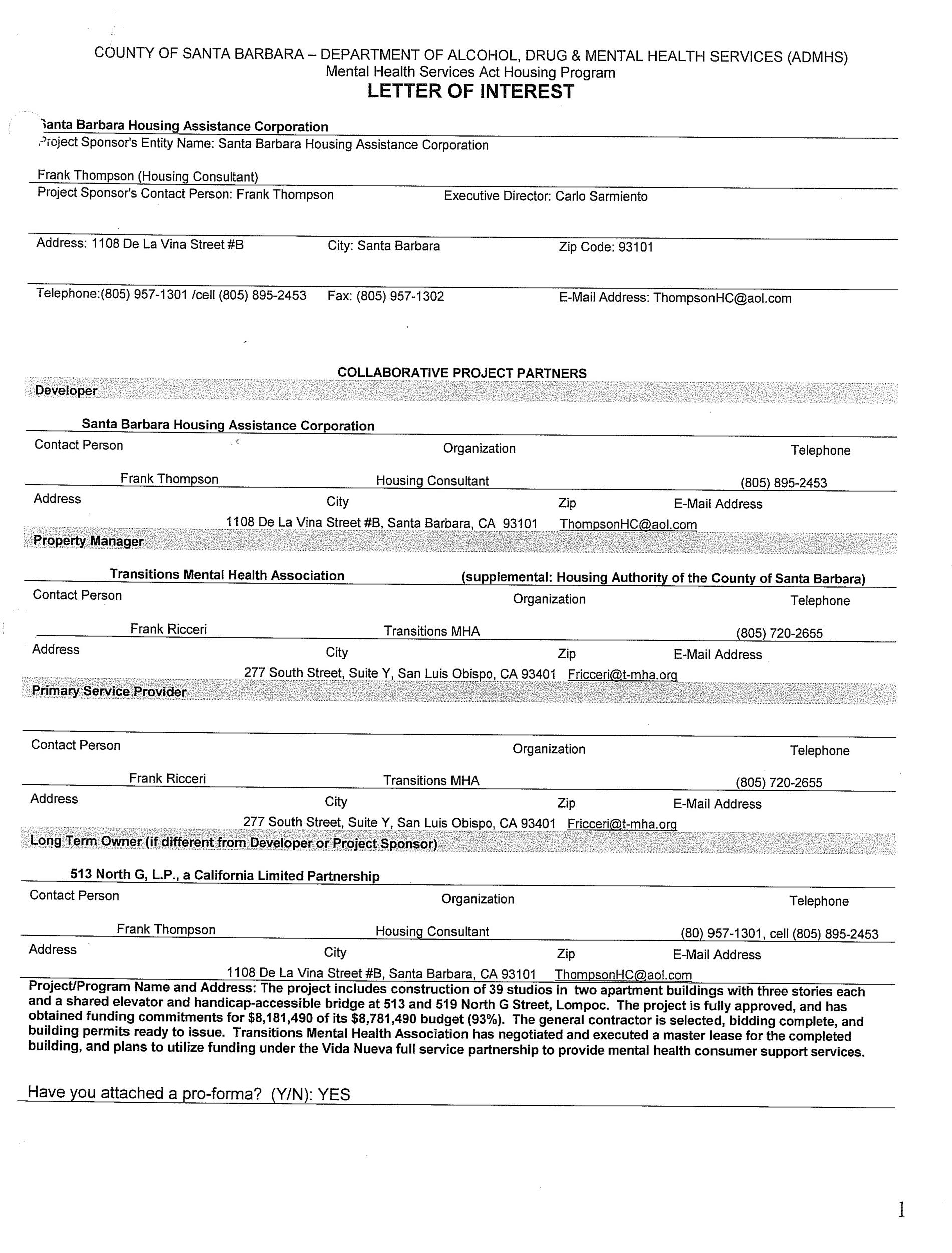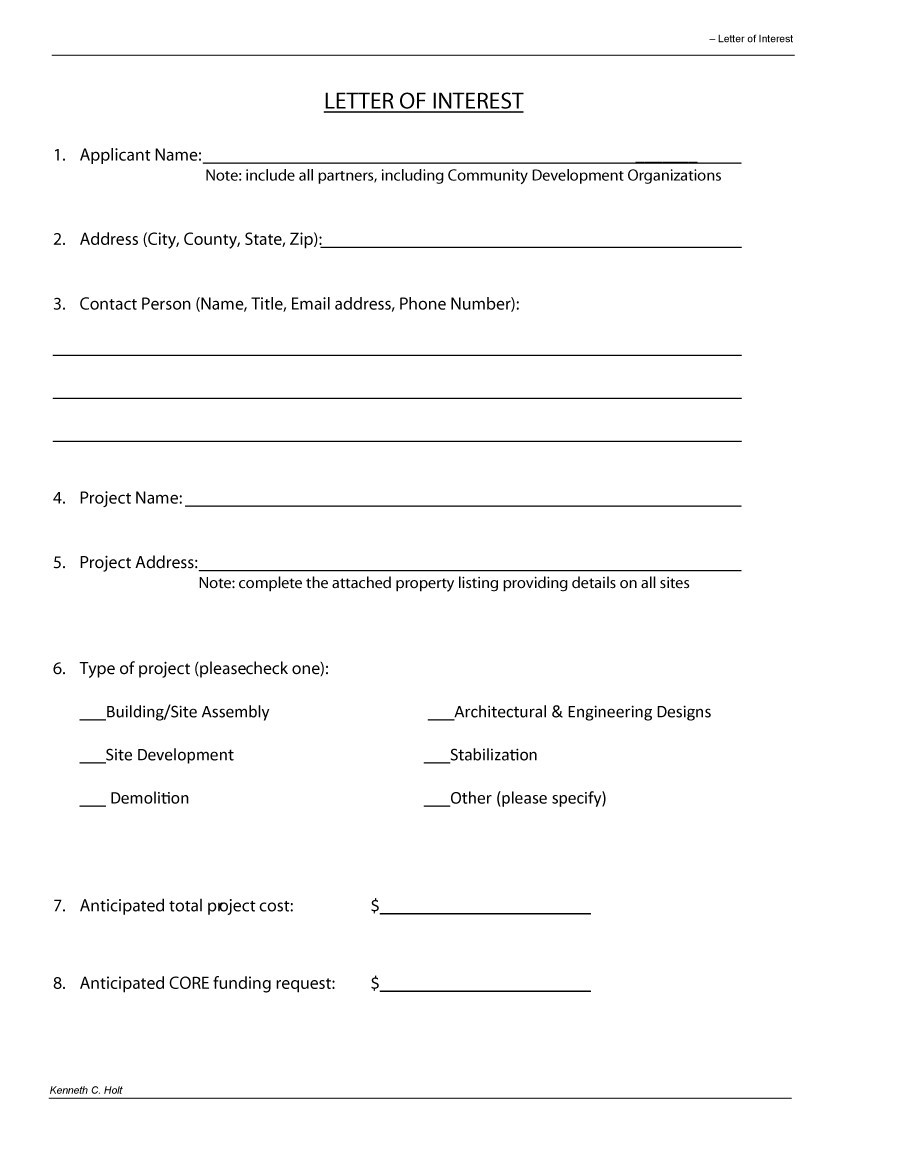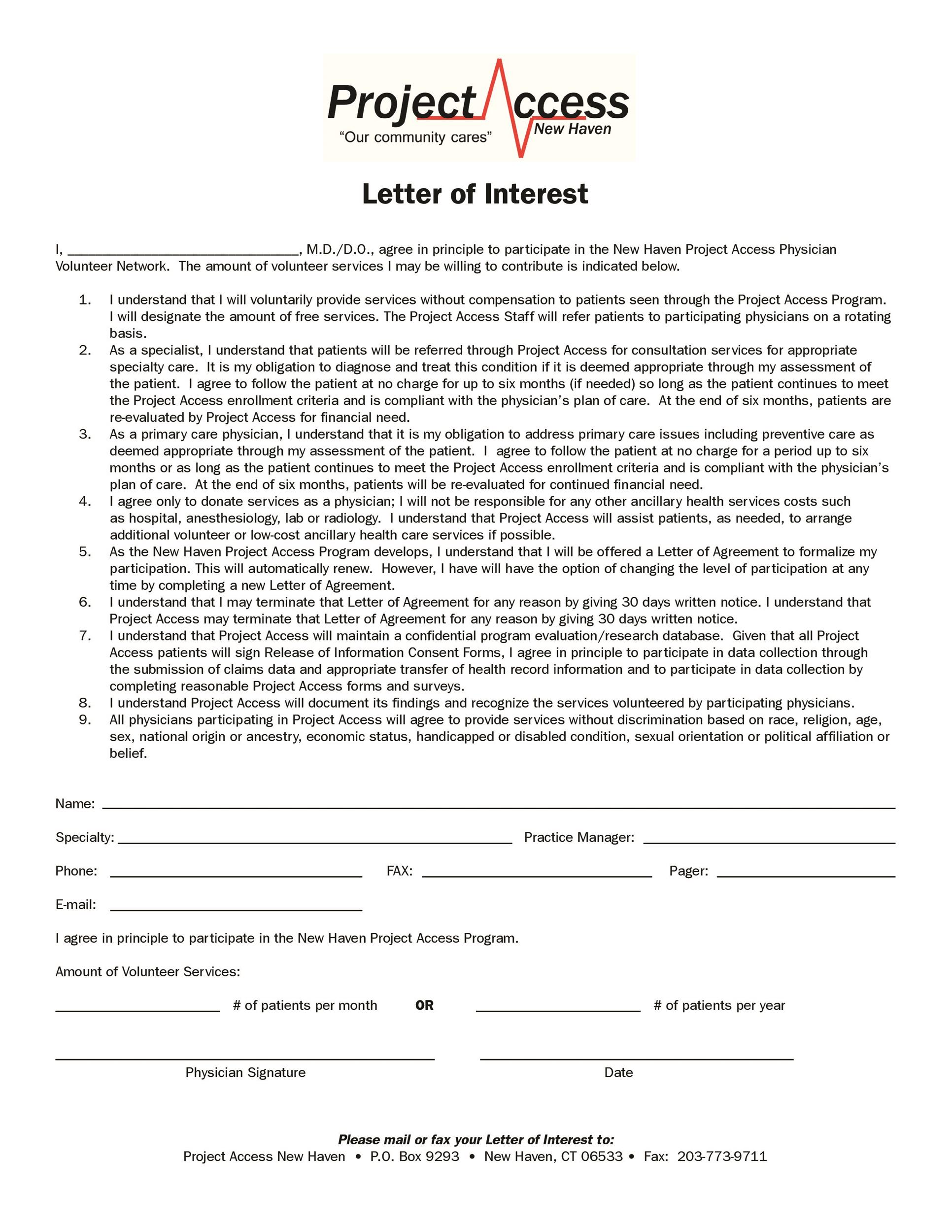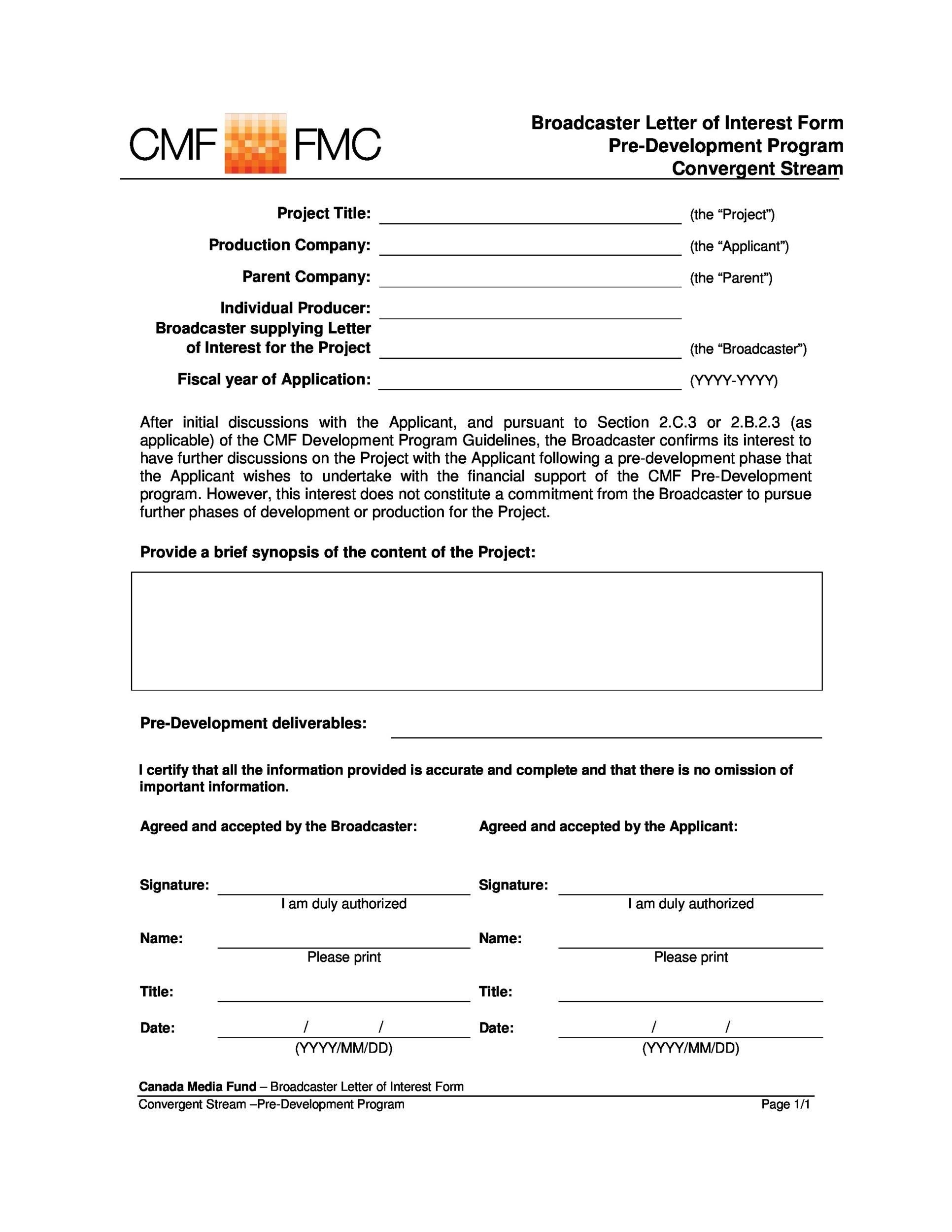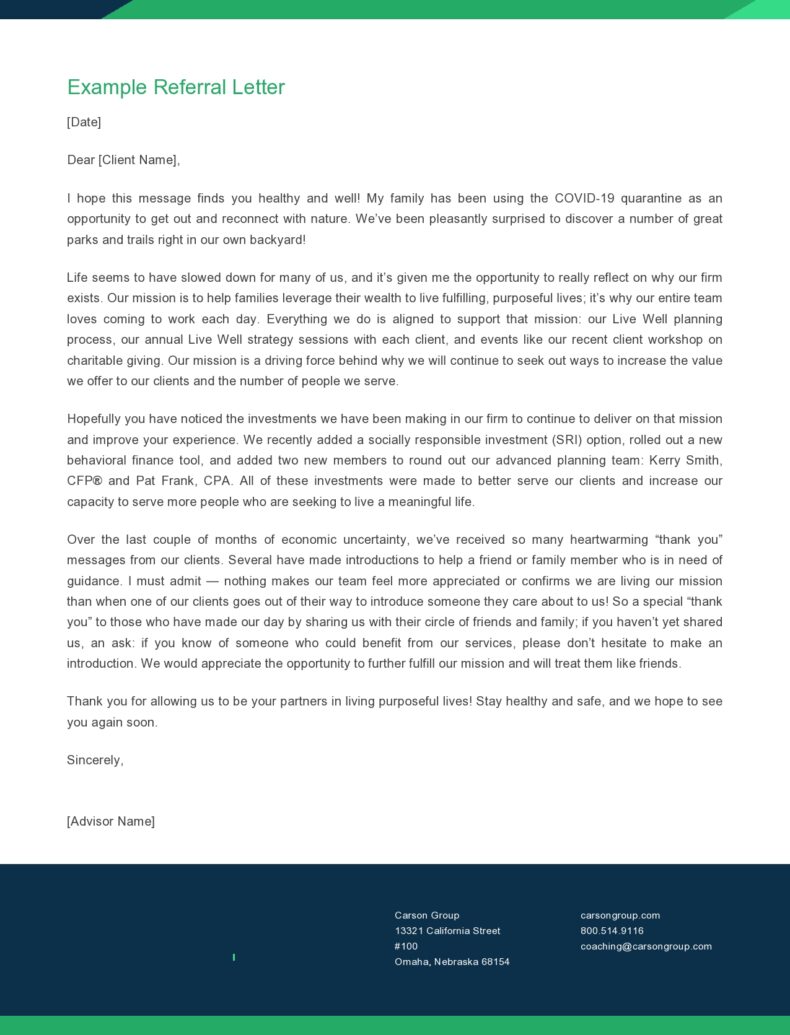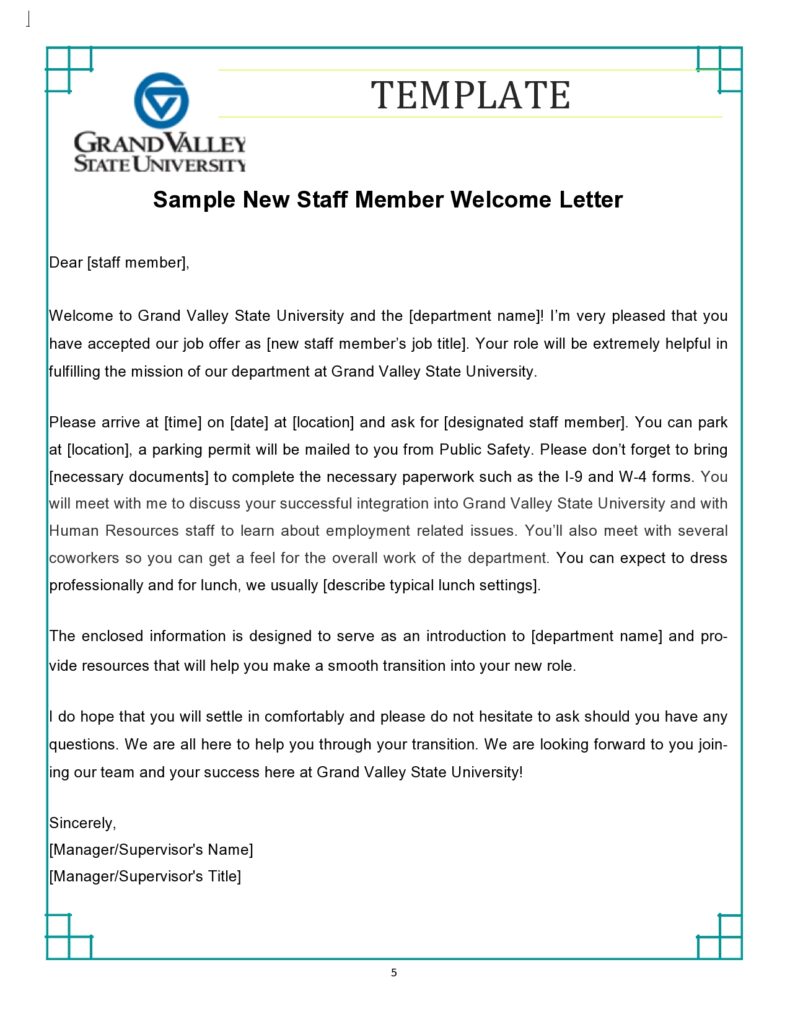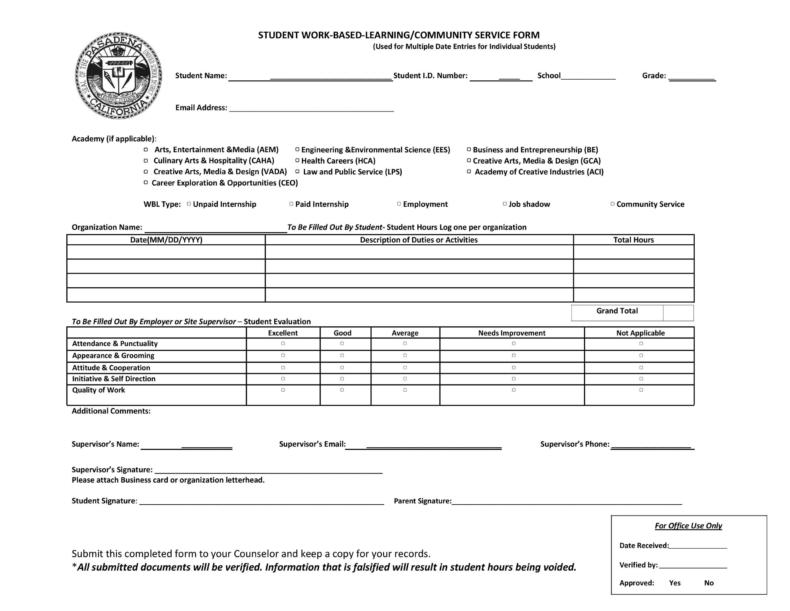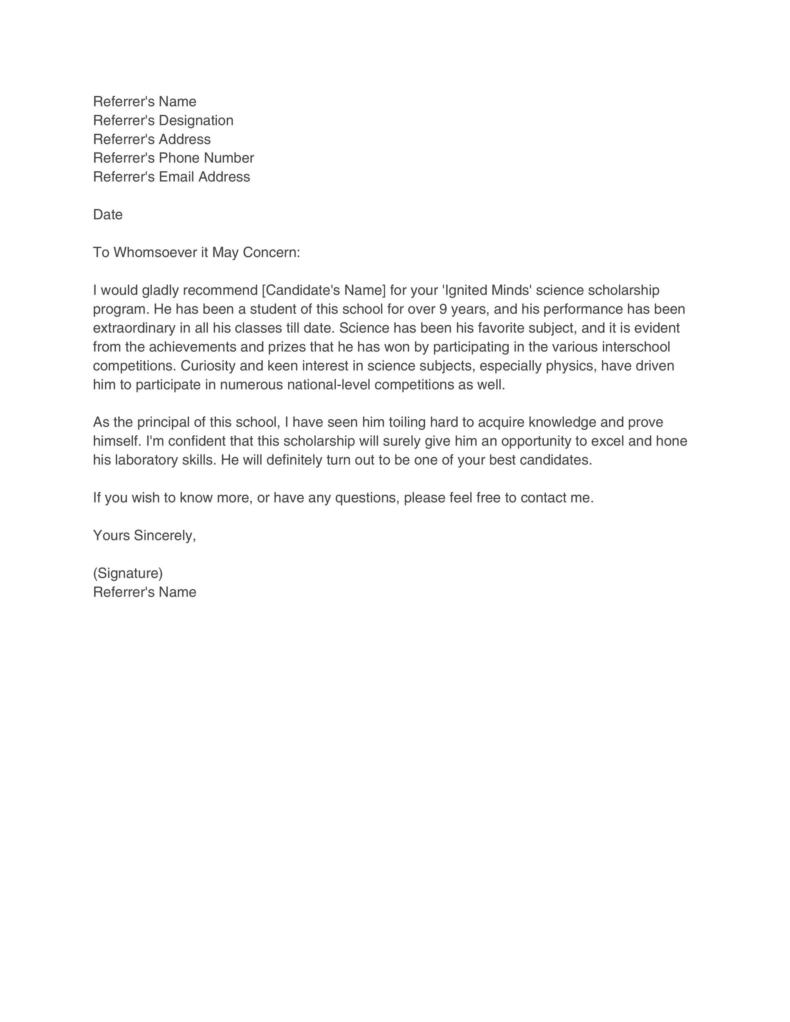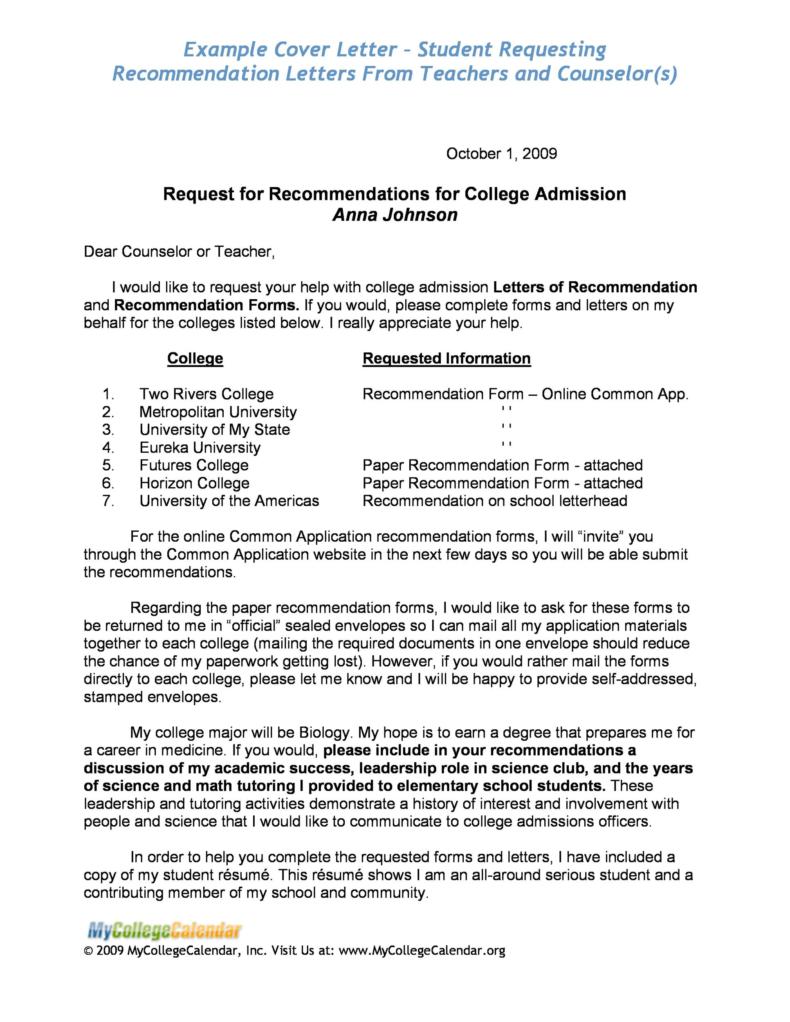Also known as an inquiry letter or prospecting letter, a letter of interest is a special kind of cover letter. Though they have the same general purpose of helping you find employment, cover letters and letters of interest differ in terms of goals and timing. An unsolicited letter, a letter of interest can be used to tell a potential employer about your professional background, abilities, and achievements. Additionally, the letter of interest is a way for you to express interest in working for or learning more about a particular company.
Table of Contents
Although they are an effective way to find a job, letters of interest must be drafted in a way which ensures success. Doing your homework is one way for you to ensure success. Find out as much as you possibly can about the company you’re writing the letter to before drafting your letter of interest for job. Additionally, you must know the difference between a letter of interest and a cover letter. To make thing easy for you, following is how letters of interest and cover letters differ in terms of goals and timing.
Difference in goals
The basic objective is the biggest difference between a cover letter and a letter of interest. Exploring potential job opportunities at a particular company is what a letter of interest aims to do. On the other hand, a cover letter is used to reach out to an employer when they are open to hiring. Part of an application submission for a specific job, a cover letter has a simple but important goal of helping you land an interview.
Timing
You can send a letter of interest at any point in your job search. Provided you have a target company in mind, you can use the letter of interest to make yourself known to a hiring manager. On the other hand, a cover letter can only be used when applying for a specific job. A cover letter is used to respond to a job posting when the employer is actively looking to fill a position.
There are benefits of using both a cover letter and a letter of interest in your job search. A great way to show your assertive and proactive qualities, a letter of interest puts you in front of a company for employment when the company isn’t actively looking for employees. On the other hand, a cover letter allows you to show an employer that you’re a qualified and capable candidate and deserve an interview for the job you’ve applied to. Including a cover letter with an application or resume submission is extremely important.
Letter of Interest Samples
Understanding Letter of Interest
Many people think that a letter of interest and a cover letter are the same the thing but as seen above, the reality is something else. Before asking for a resume and a cover letter for a job, many companies request potential candidates to compose and send a letter of interest. As it’s written to support your resume, a letter of interest functions in a way similar to a cover letter but unlike the latter, a letter of interest looks to provide the employer a snapshot of you and what makes you worth interviewing.
Before you write a letter of interest, you need to understand the mechanics involved. All the applications submitted for the advertised position have to be read by a staff member. There is a good chance that there will be a dozens of applications to review. The company wants the best candidate for the position so the staff member sits to open all the envelopes and review them. Is the staff member going to enough time to read each application in detail? Probably not. As they are easy to scan and provide enough information to help the company decide whether you’re the right fit for the job, letters of interest are requested by companies prior to the submission of resume and cover letter.
Helping you make the first cut is one of the main goals of the letter of interest. By getting your application into to a smaller pile of applications, the letter of interest increases the chances of your application being reviewed in detail by several people. Ultimately, all of this brightens your chances of getting hired.
It is important for you to keep in mind that you won’t make the first cut if your letter of interest gives any hint that you’re not a suitable candidate for the job. If you don’t draft your letter of interest appropriately, you won’t get the interview you so dearly want.
If you want to use your letter of interest successfully, you’ll need to ensure that your letter of interest includes a few important things but only after you’ve ensured the following things in your letter of interest:
- No mistakes or typos
- The use of a plain business font
- The use of only black ink color
- The use of plain white paper
- A single page letter of interest
Letter of Interest Templates
How to Write a Letter of Interest
Also known as a prospecting letter, a letter of interest is way for you to show your experience and credentials to an employer you’re interested in working for. Although there are no set rules for writing a letter of interest, following a commonly used letter of interest format and using a letter of interest sample are useful things to do when drafting a letter of interest. A great way to write an effective letter of interest is using a letter of interest template. For now, we’ll discuss some basic tips for writing a letter of interest.
The letter of interest should demonstrate your genuine interest and enthusiasm for the job and the company
If you haven’t already done so, learn as much as you possibly can about the job and the company you’re interested in. Find out how the job can help you to grow professionally. Once you know these things, state in your letter of interest how the job and working in the company will benefit you. Also, highlight in the letter how you’ll contribute to the job and the company. Other things you need to state in the letter of interest include your interests, hobbies, talents or skills that’ll help you to support the company’s mission and values. Finally, show that you’re interested in helping the company grow.
State any new developments related to the company
It is important for you to keep up to date with any new developments related to the company. As this can help you to build a reputation with the employer, finding out about the latest developments related to the company and stating them in your letter of interest is a sensible thing to do. Remember, it’s about the journey, not the destination. If you make an effort, people will notice.
Address to a specific person
When you look at a letter of interest sample, you’ll see that the letter is addressed to a specific person. You will make the effort to call the company and find out the person you need to direct your letter of interest to if you’re serious about your job search.
Each company should receive an original, signed letter from you
It is important that each company you apply to receives an original, signed letter of interest from you. Avoid sending out photocopies of the letter. Use the mail merge feature of your word processor if you’re sending out multiple letters at the same time and want to insert the unique address and greeting for each recipient. Try to customize each letter according to the company you’re sending it to. Sign each letter in your closing after you’ve customized it as much as possible and have printed the letters.
Your letter should be able to stand alone as an independent document
It is important you to ensure that your letter of interest can stand alone as an independent document. To stand alone as an independent document, your letter of interest should include sufficient information. Although repeating some of the main information is fine, you should mainly use your letter of interest to show your experience in a way which is not possible with a resume due to space constraints.
Your letter should have a professional tone
It is important for you to maintain a professional tone in your letter of interest. Additionally, ensure that your letter of interest focuses on your skills and professional accomplishments and what you can bring to the company. Leaving out irrelevant interests and hobbies is a sensible thing to do.
Use the letter of interest to bring attention to your resume
When applying for a position, a good way to bring attention to your resume is referring to your resume in your letter of interest for job. To bring attention to your resume, you can say something like, “As you can see from my enclosed resume.” In addition to the resume, refer readers to any other enclose documents.
Edit and proofread before sending it out
It is important for you to edit and proofread the letter of interest before you send it out to potential employers. Also, after you’ve proofread the document yourself, ask a friend or relative to do the same. Ideally, get a professional writer or editor to do that job.
Follow up after sending the letter
Make sure you follow up with the employer after you’ve sent the letter of interest. By doing so, you will greatly increase your chances of finding employment.
Use emails or electronic submission if the company accepts this type of letters and resumes
If a company you’re writing the letter of interest to accepts it, use emails and electronic submission. However, sending a hard copy of the letter will help you to stand apart from the other applicants.
Letter of Interest Examples
Letter of Interest Format
By following the aforementioned tips, you’ll be able to write an effective letter of interest. Now that you know how to write a letter of interest, it’s time to look at what each paragraph of your letter of interest needs to include. Usually, a letter of interest has three paragraphs. Following are the things included in each paragraph:
First paragraph
In the first or introductory paragraph, you should state why you’re interested in pursuing employment with the company. Avoid starting with “I.” Also, state the source that prompted you to write the letter of interest i.e. an employee referral, an article or a classified advertisement.
Second paragraph
The second paragraph should show your qualifications. You need to inform the employer how you can be an asset to the company. In a professional yet personable way, illustrate your achievements, strengths, and skills. Also, use this paragraph to direct the readers to your resume or other important documents.
Third paragraph
In the third and final paragraph, thank the person you’ve addressed the letter of interest to for his or her time. Also, use this paragraph to inform the person precisely when you’ll contact him or her to follow up on the letter. Finally, inform the aforementioned person how they contact you.
Writing a letter of interest is by no means difficult. By following the aforementioned tips or using a letter of interest template, you can easily write an effective letter of interest for job. A letter of interest sample makes it easy for you to understand the things included in the letter and how you should draft the letter. If you’re looking for a letter of interest example, you can search the internet for it. By searching on the internet, you will be able to find a letter of interest sample that’ll make writing a letter of interest easy for you.


